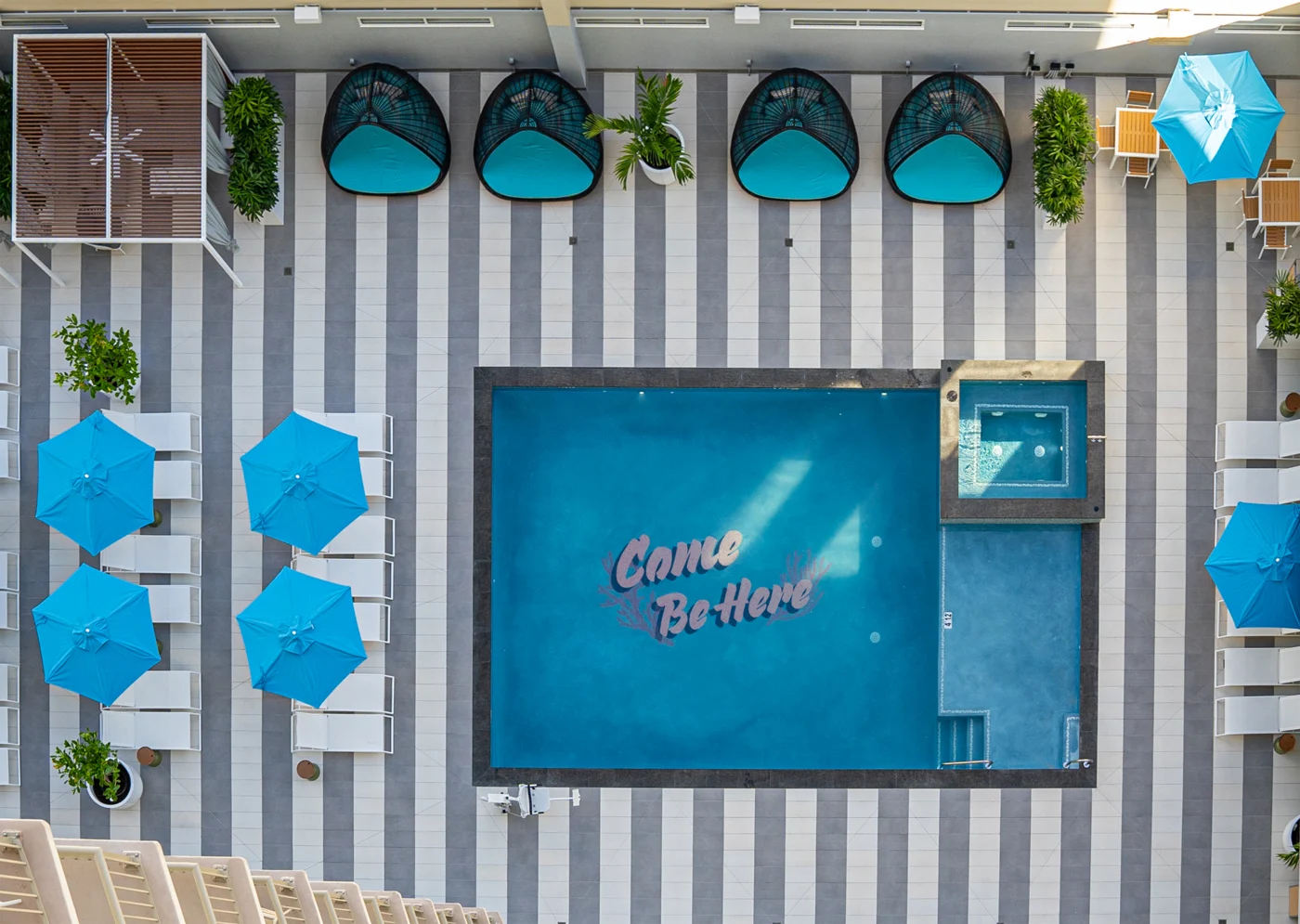
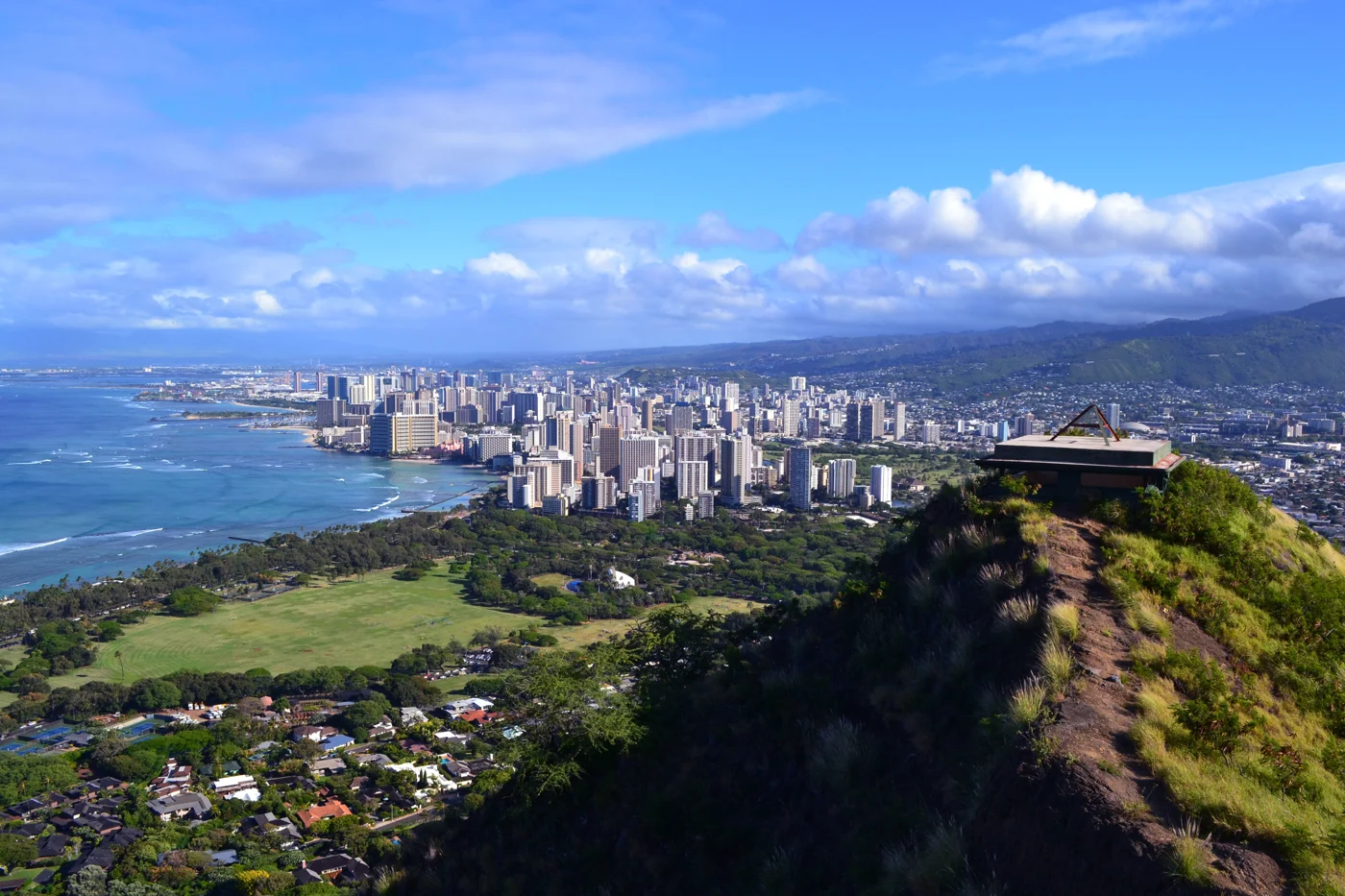



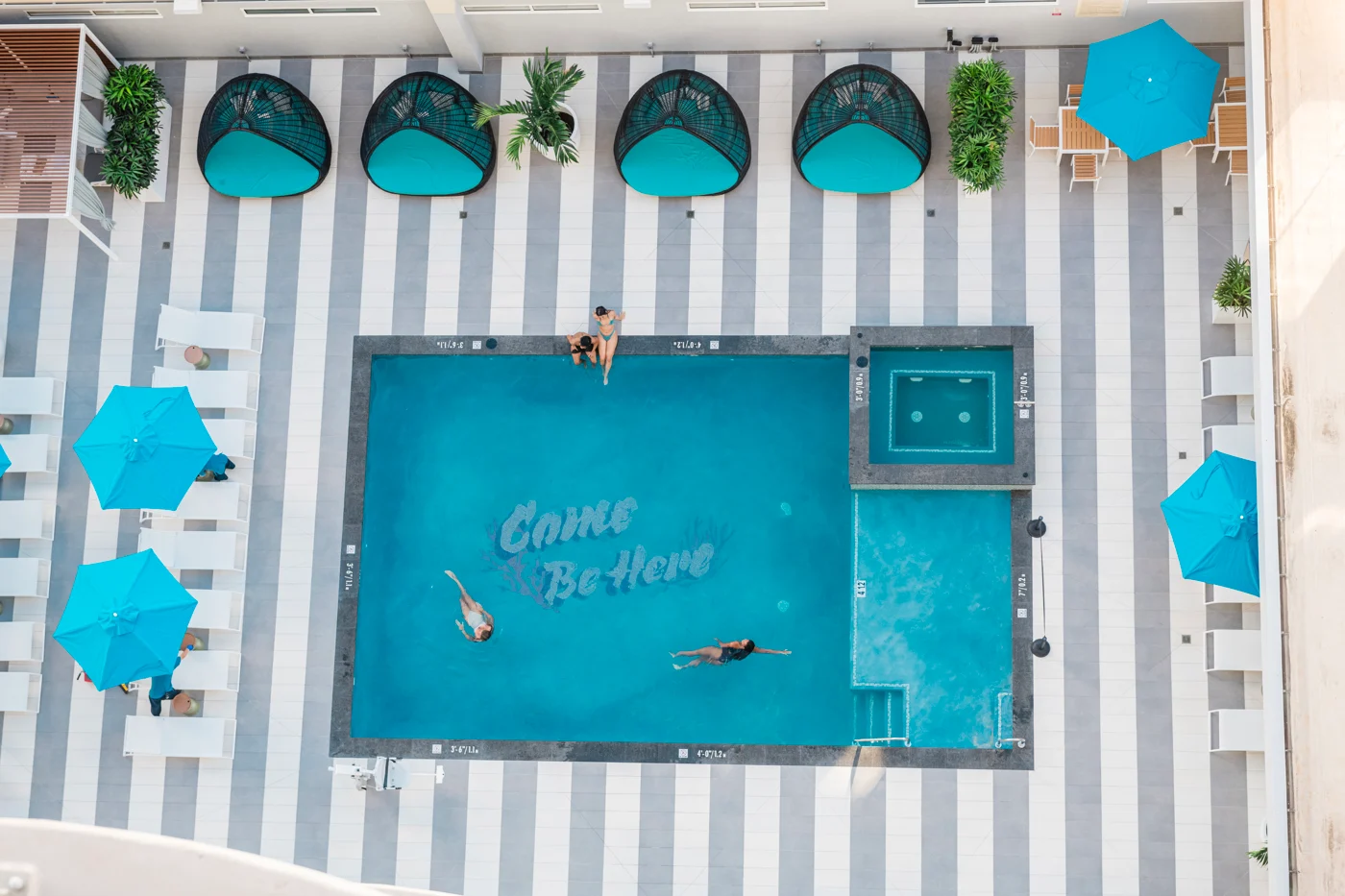
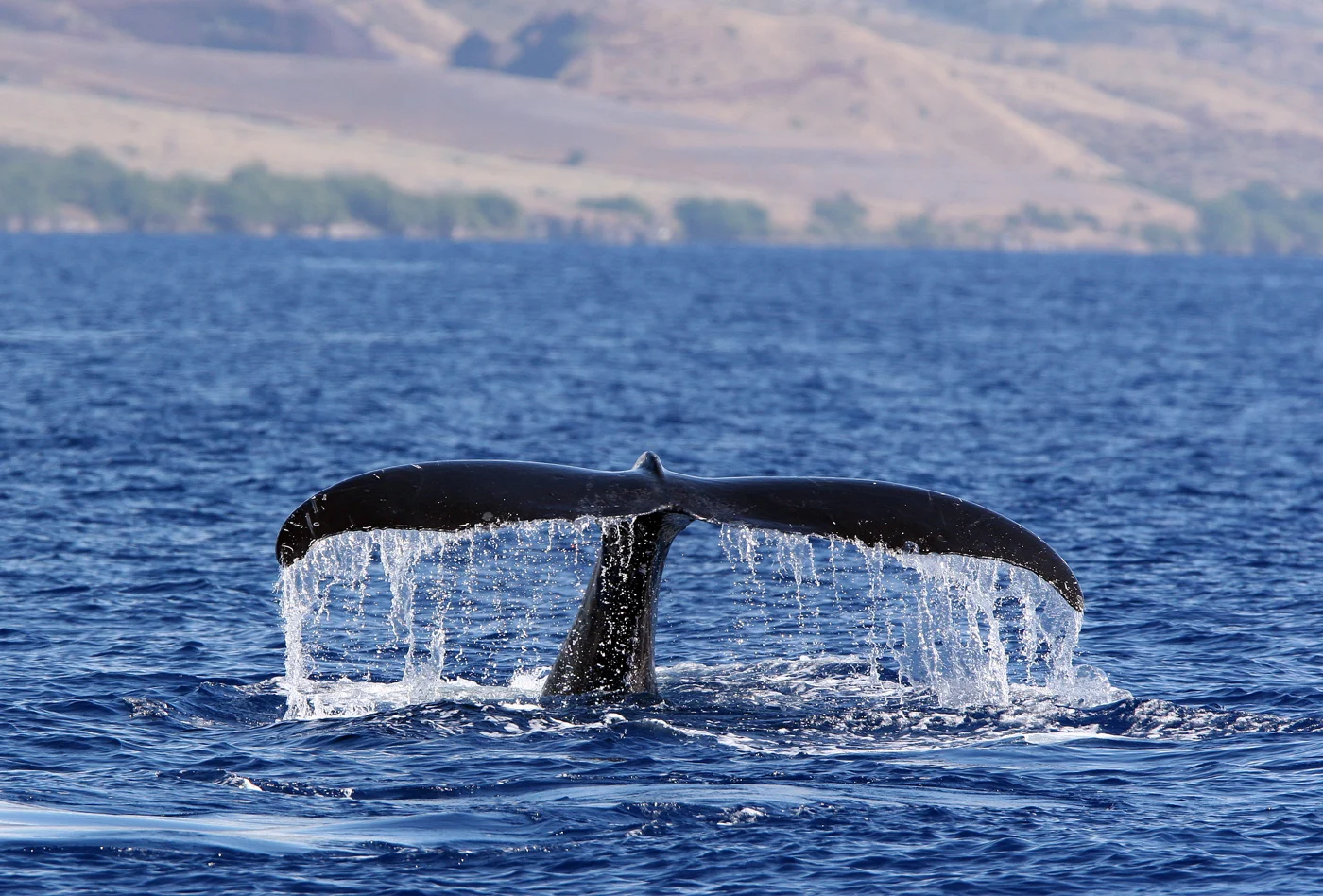
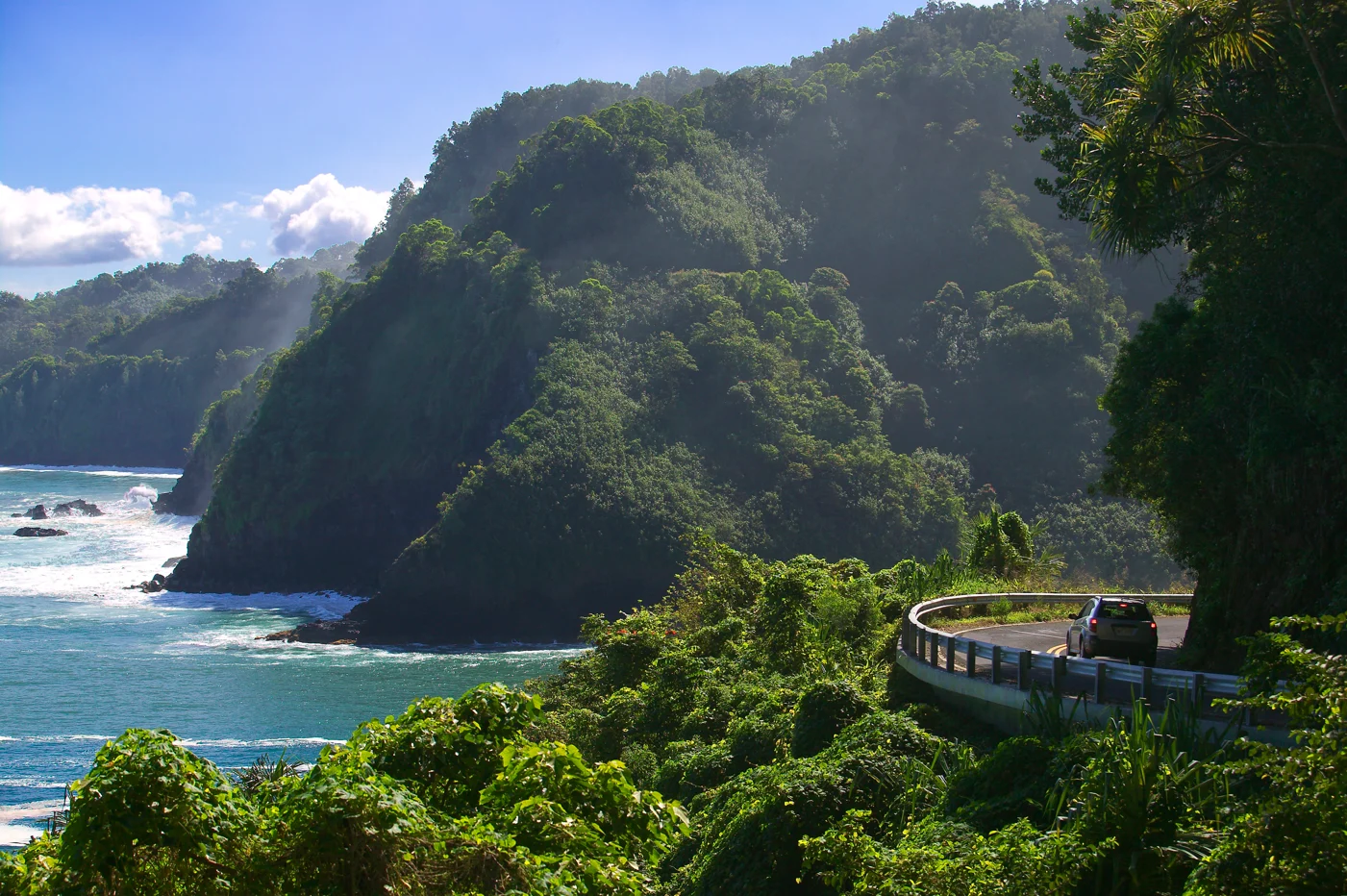
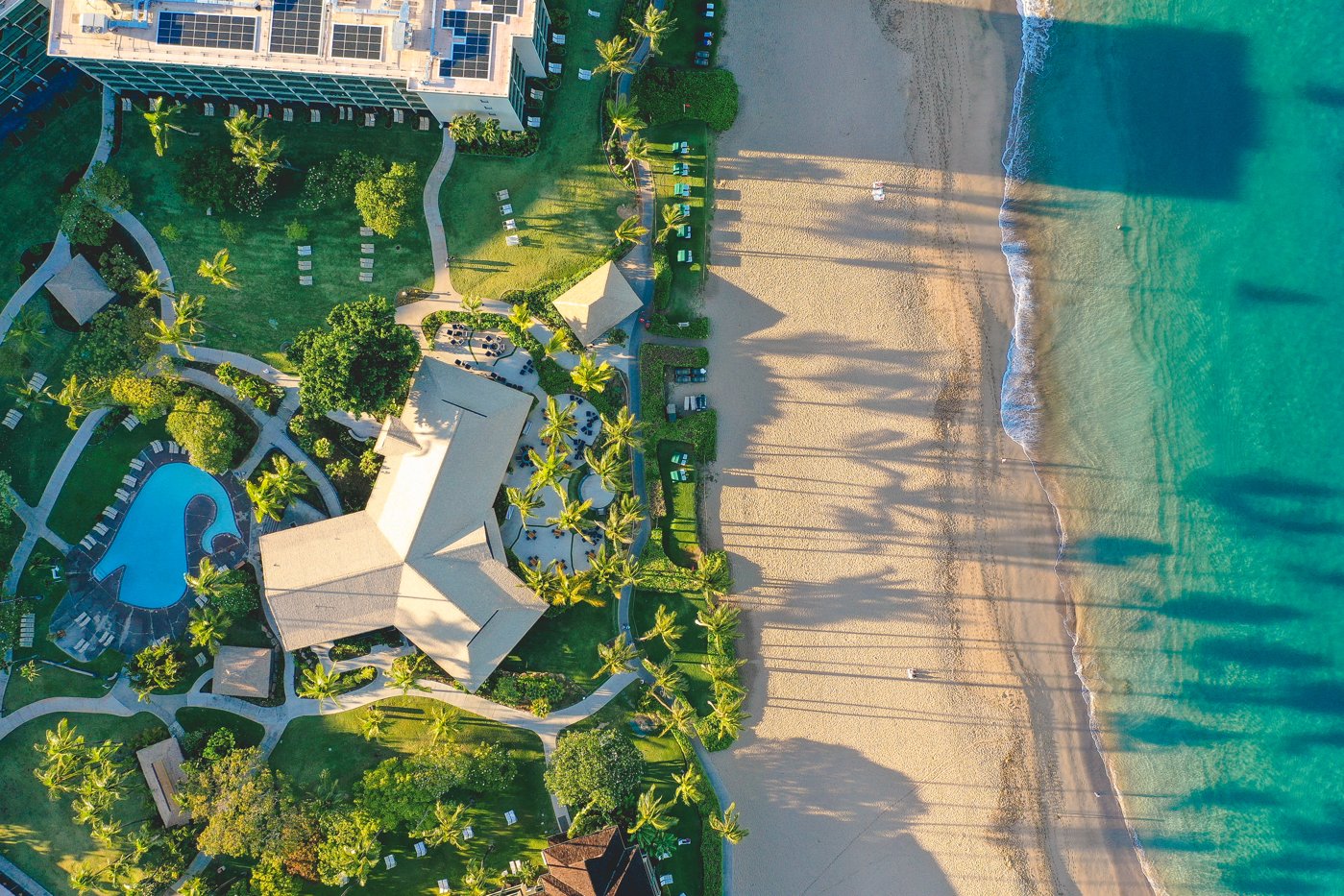

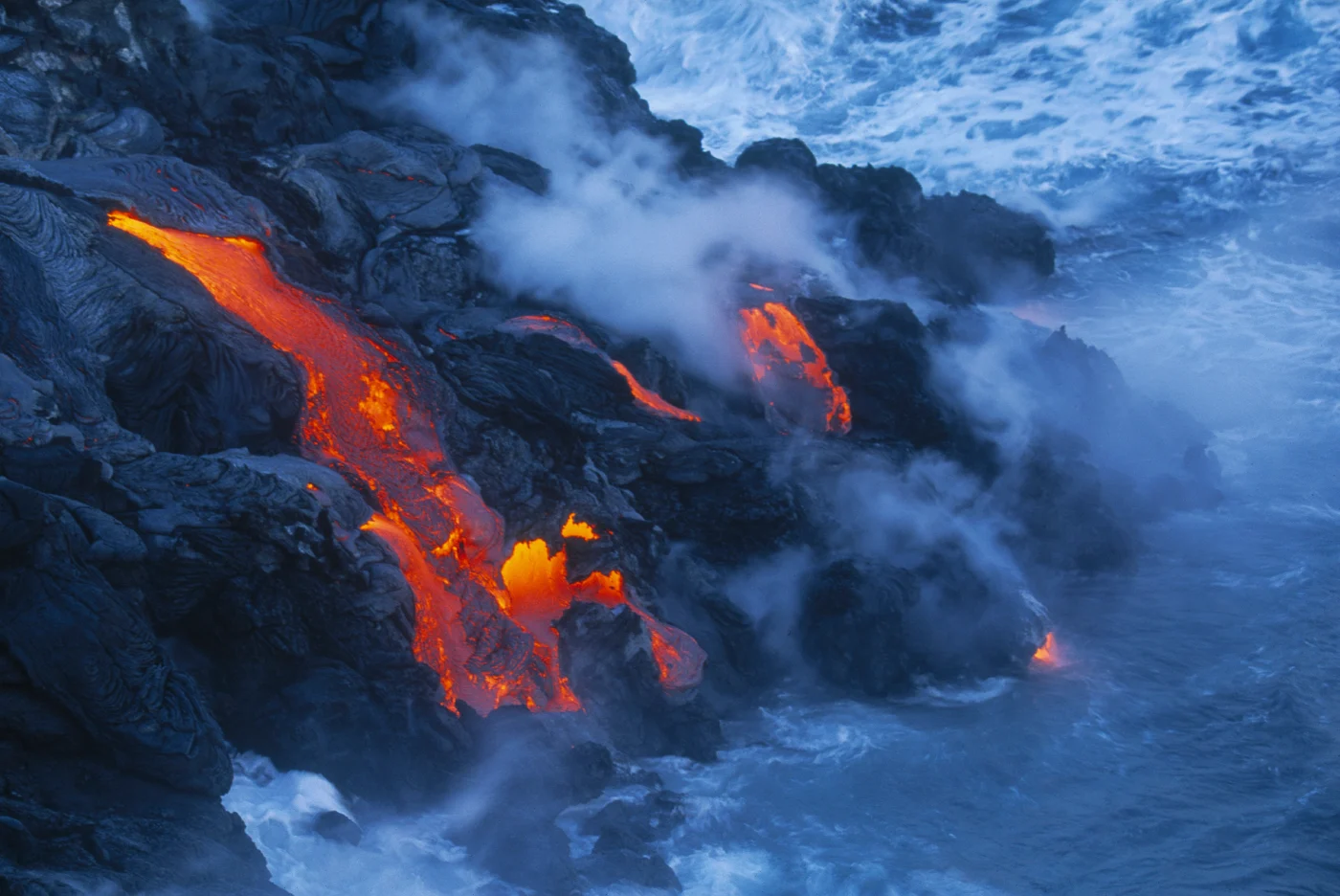
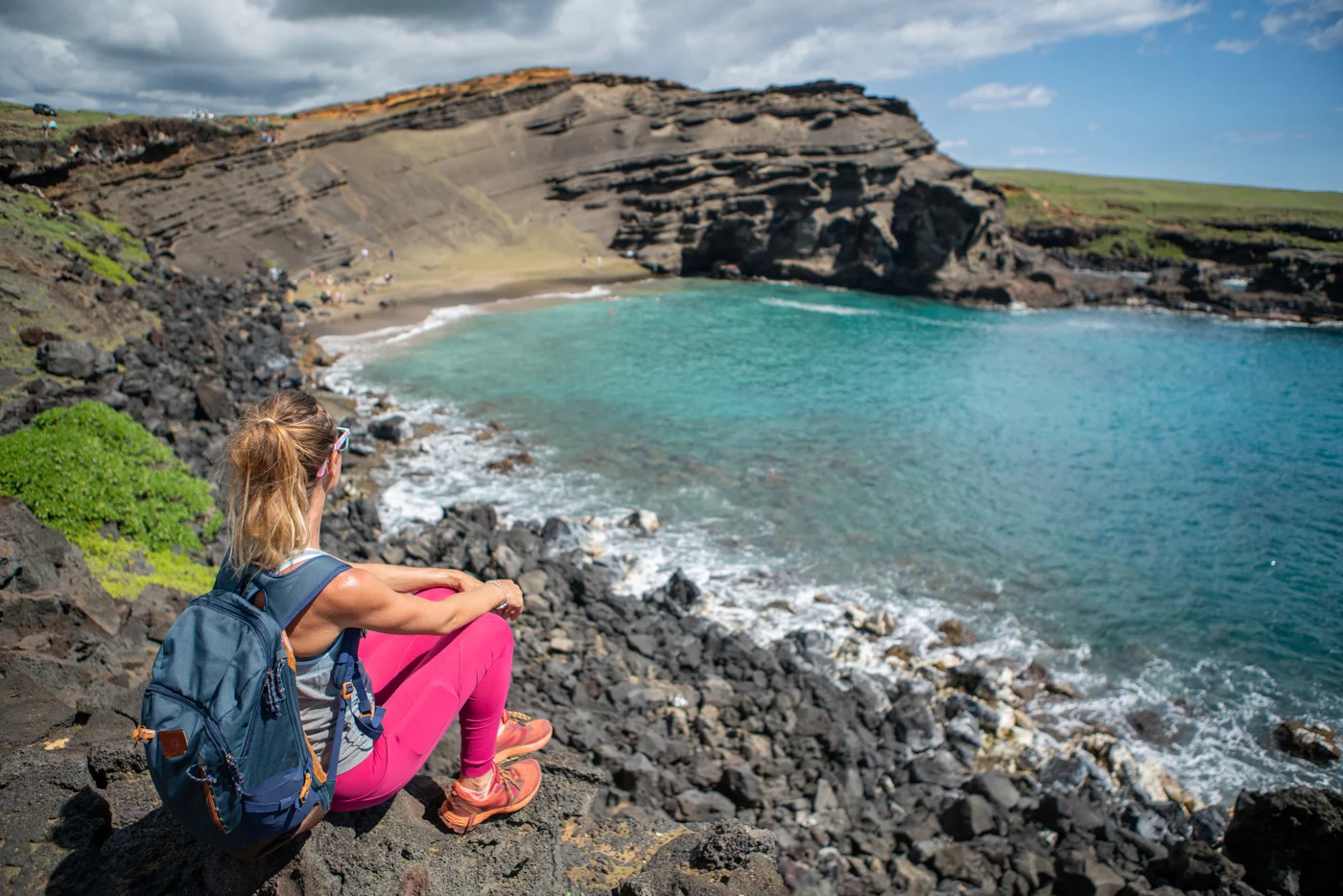
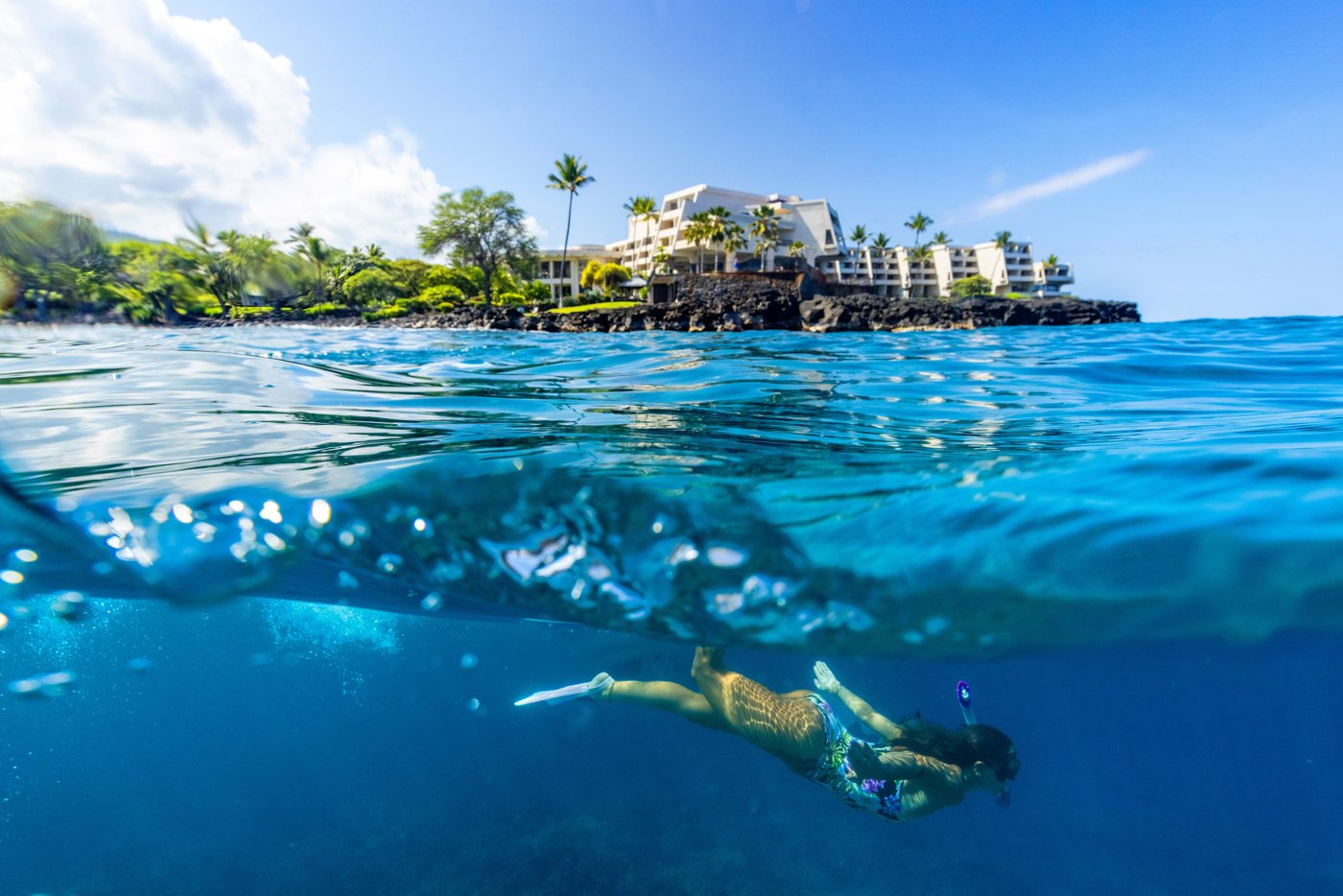
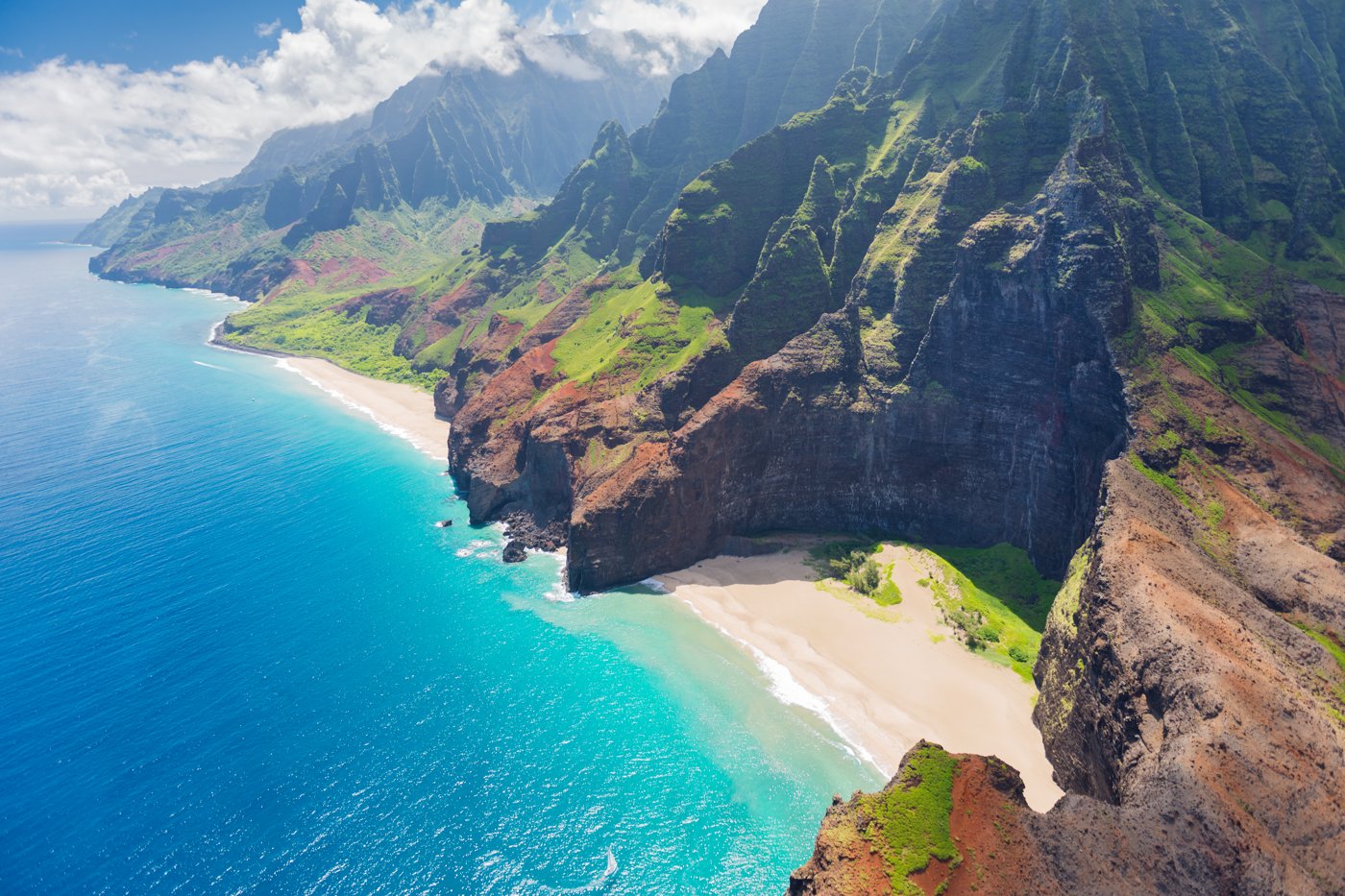
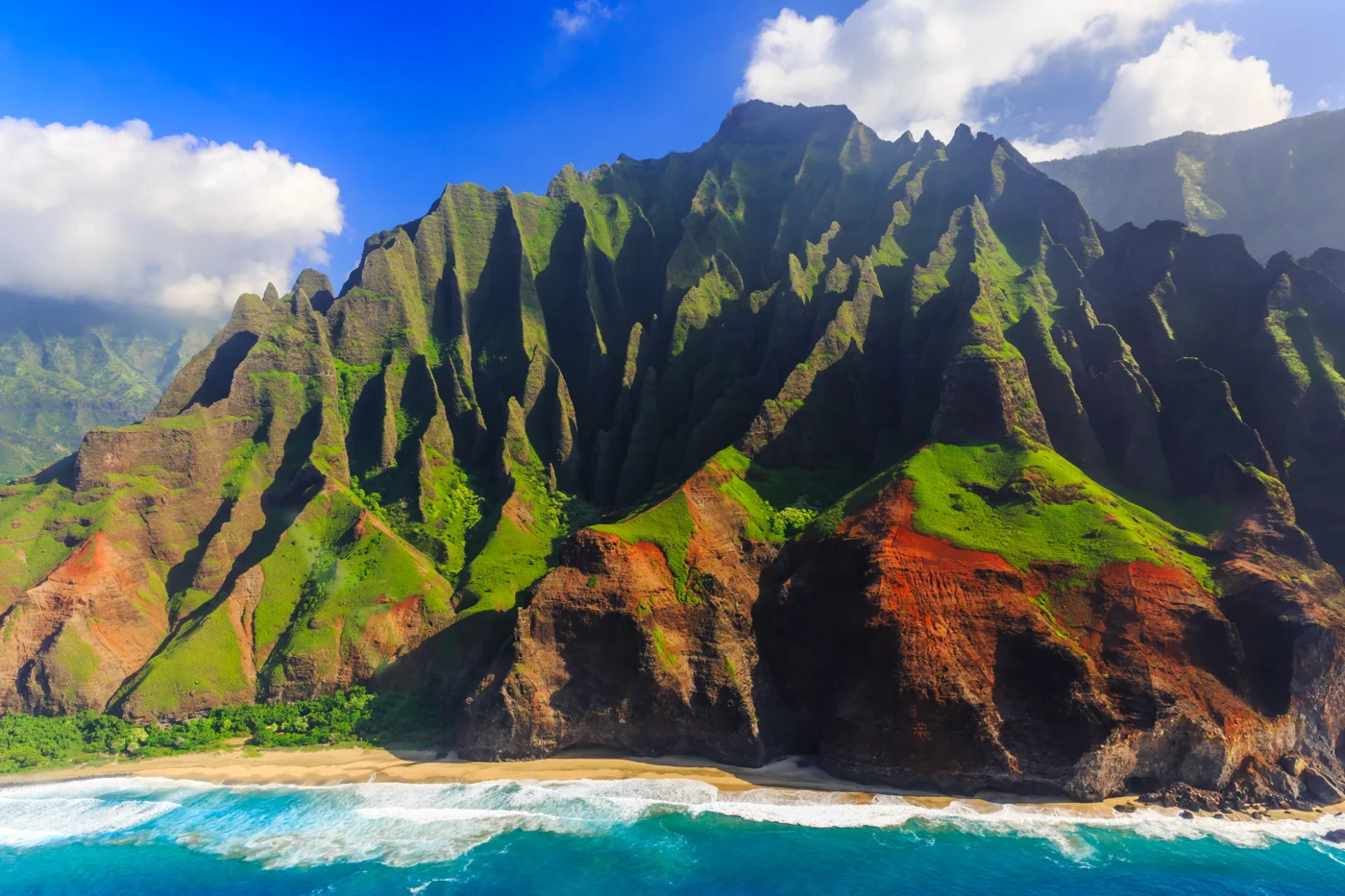

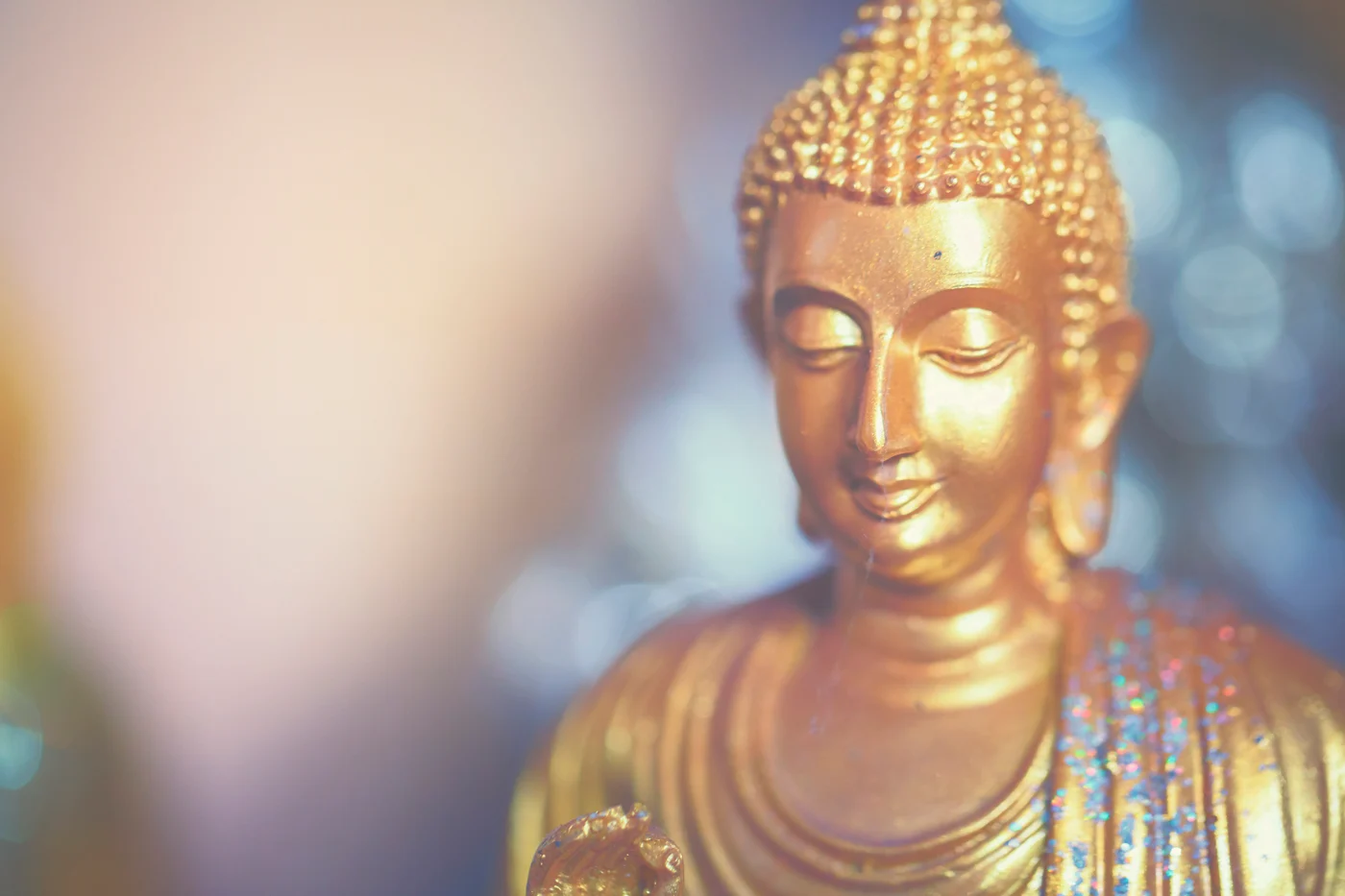
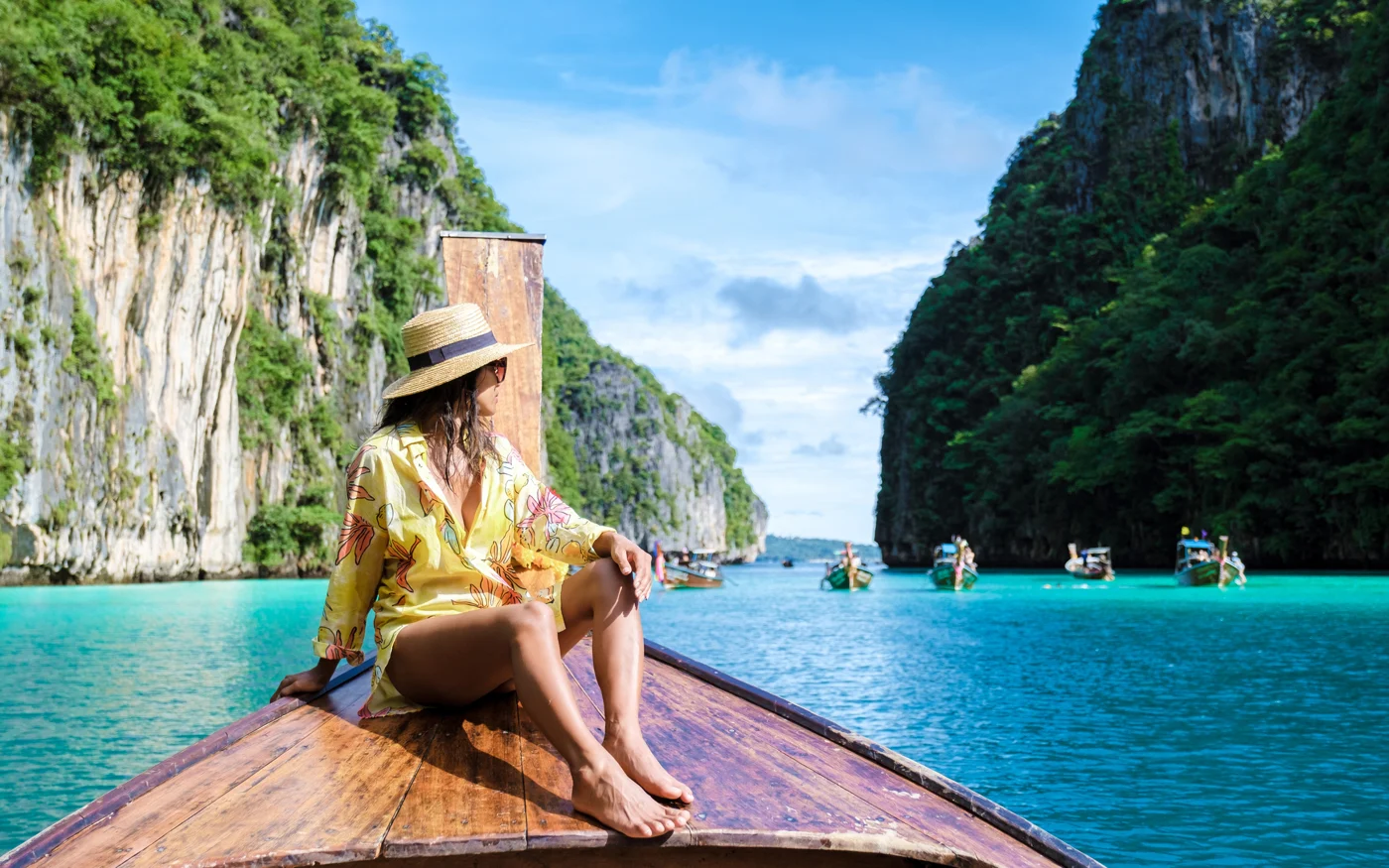



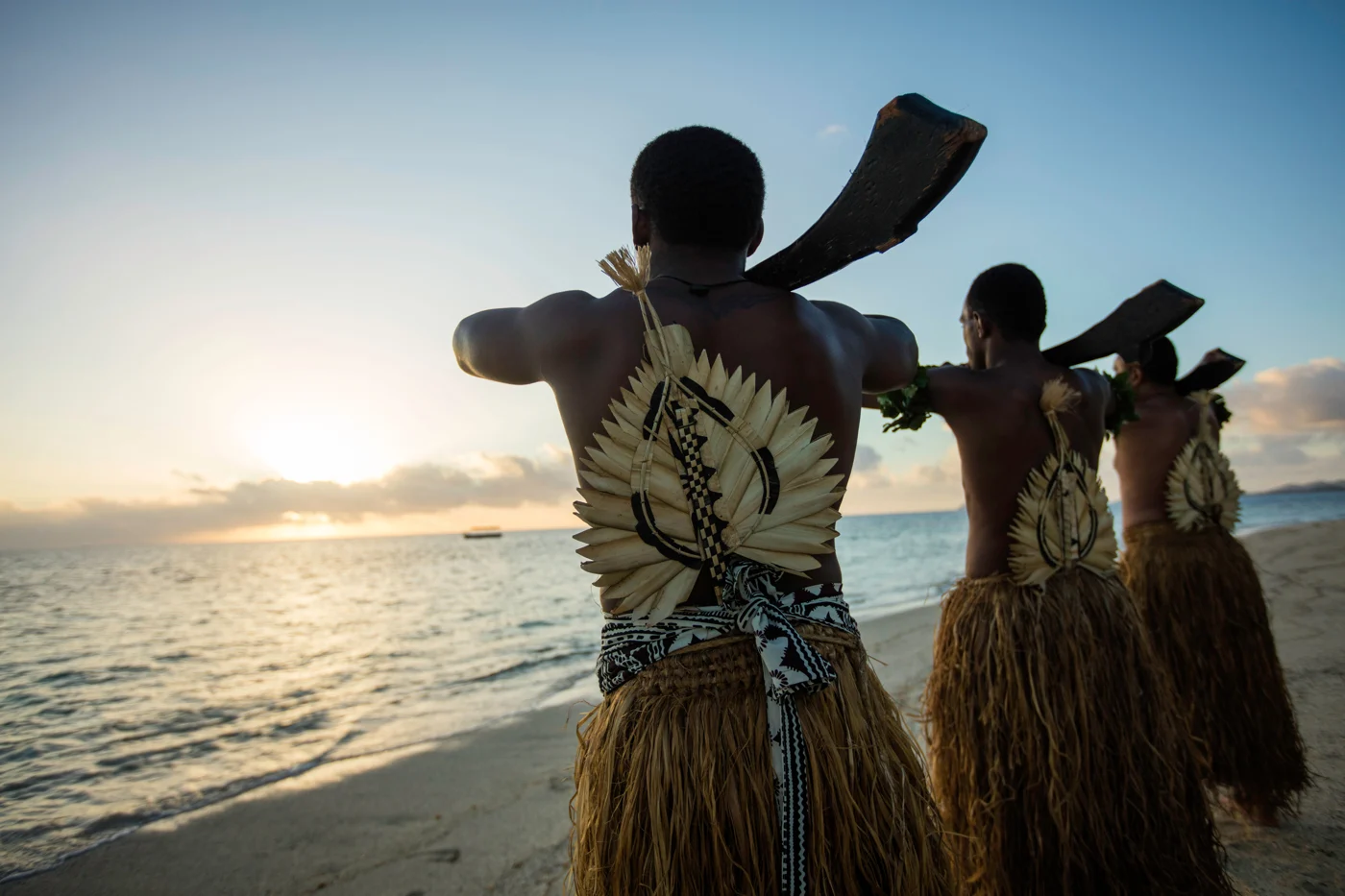
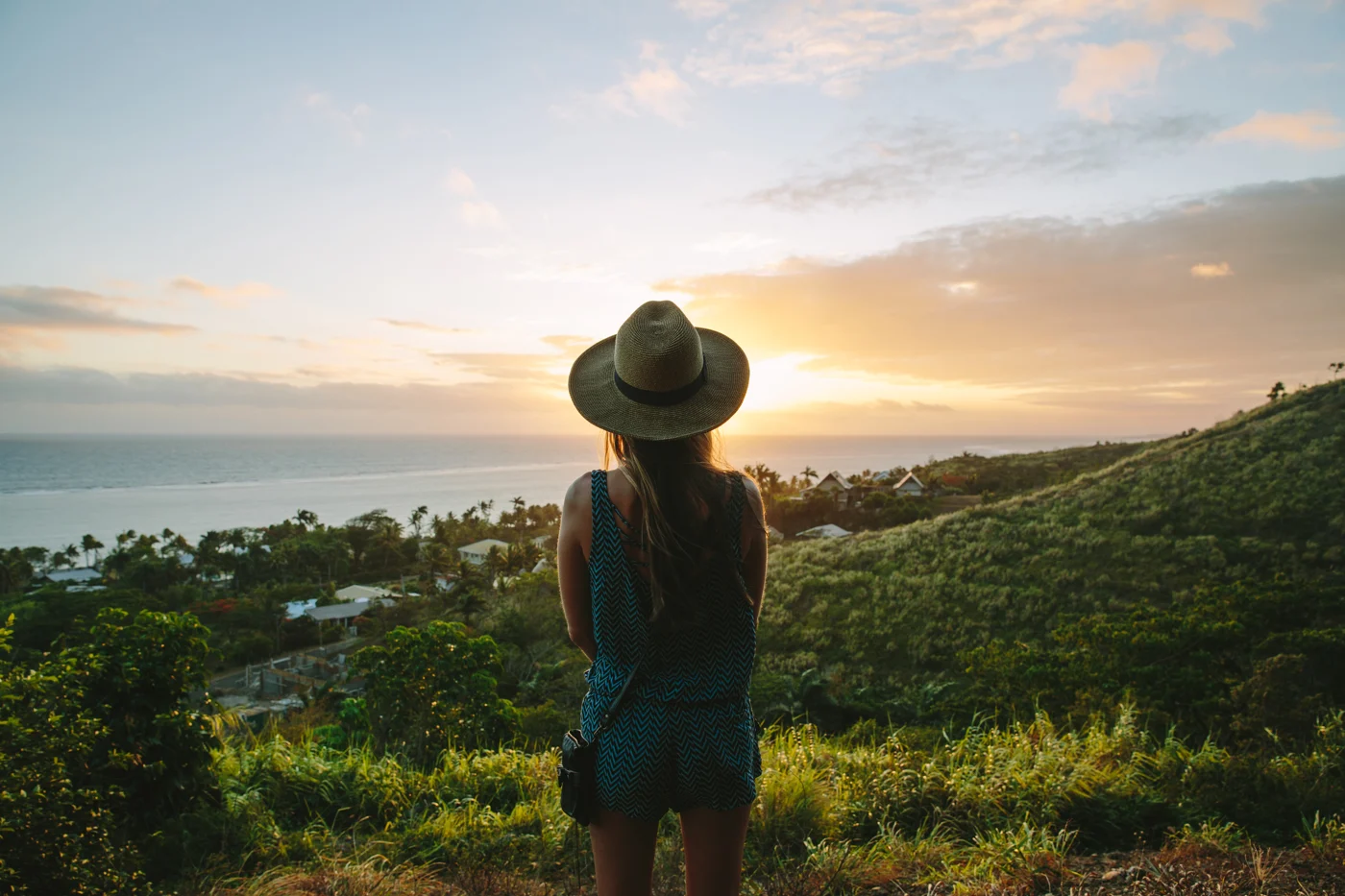

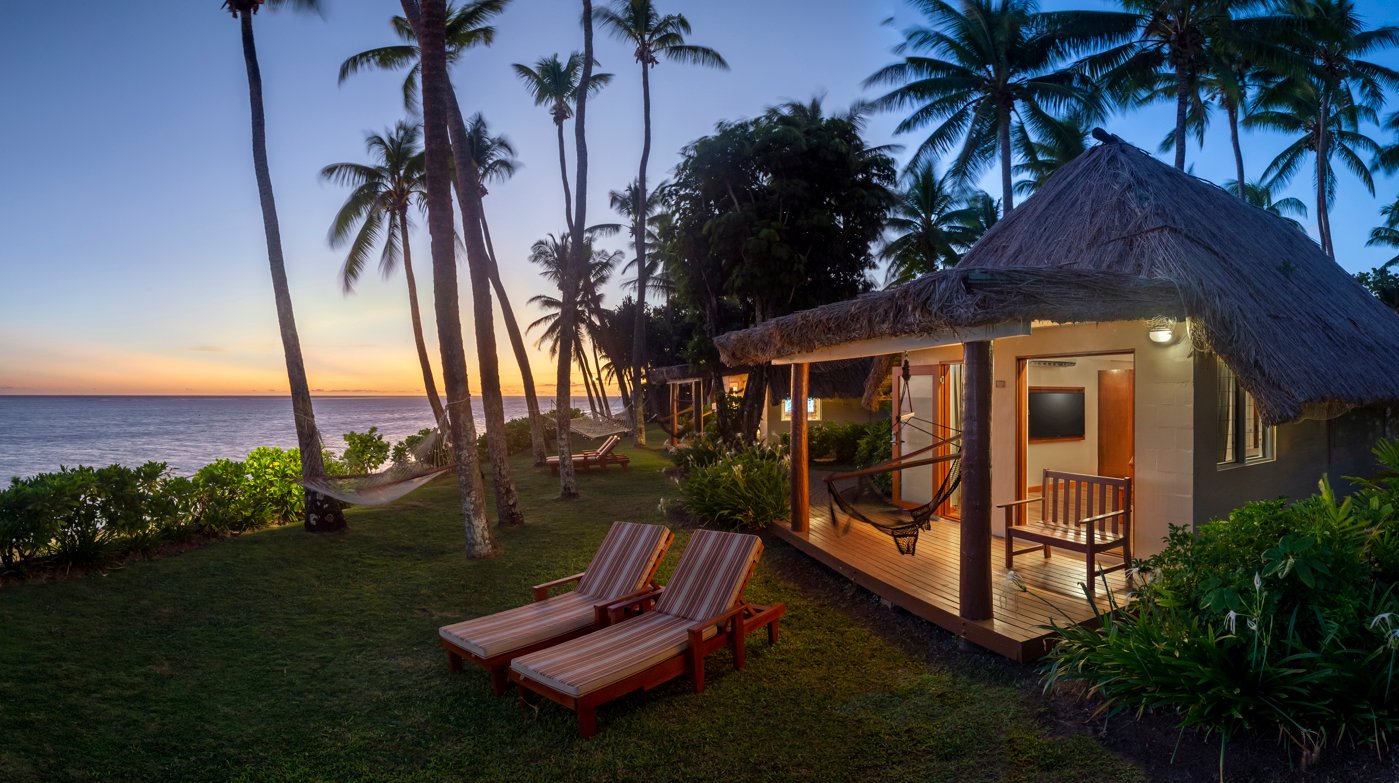

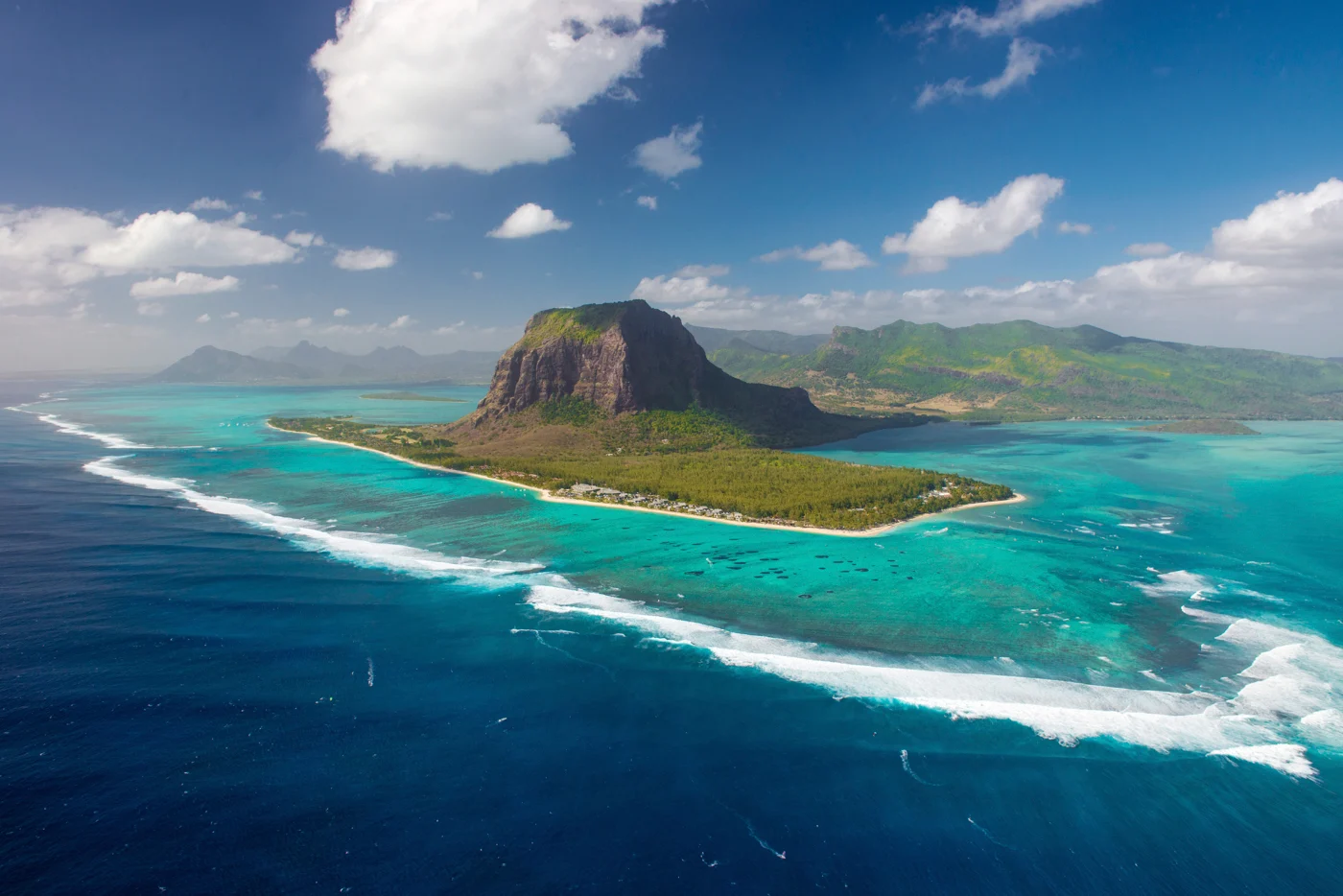






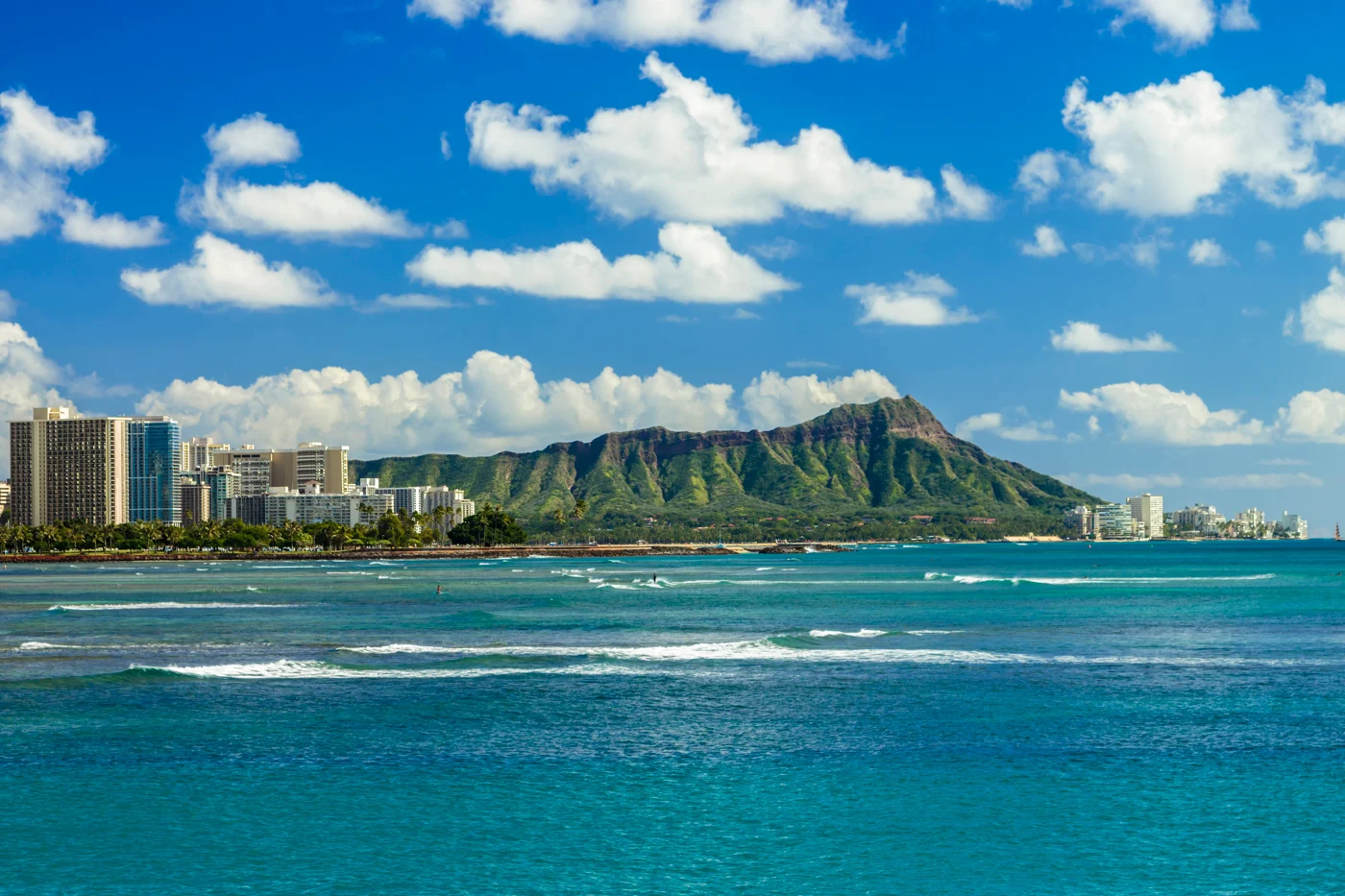
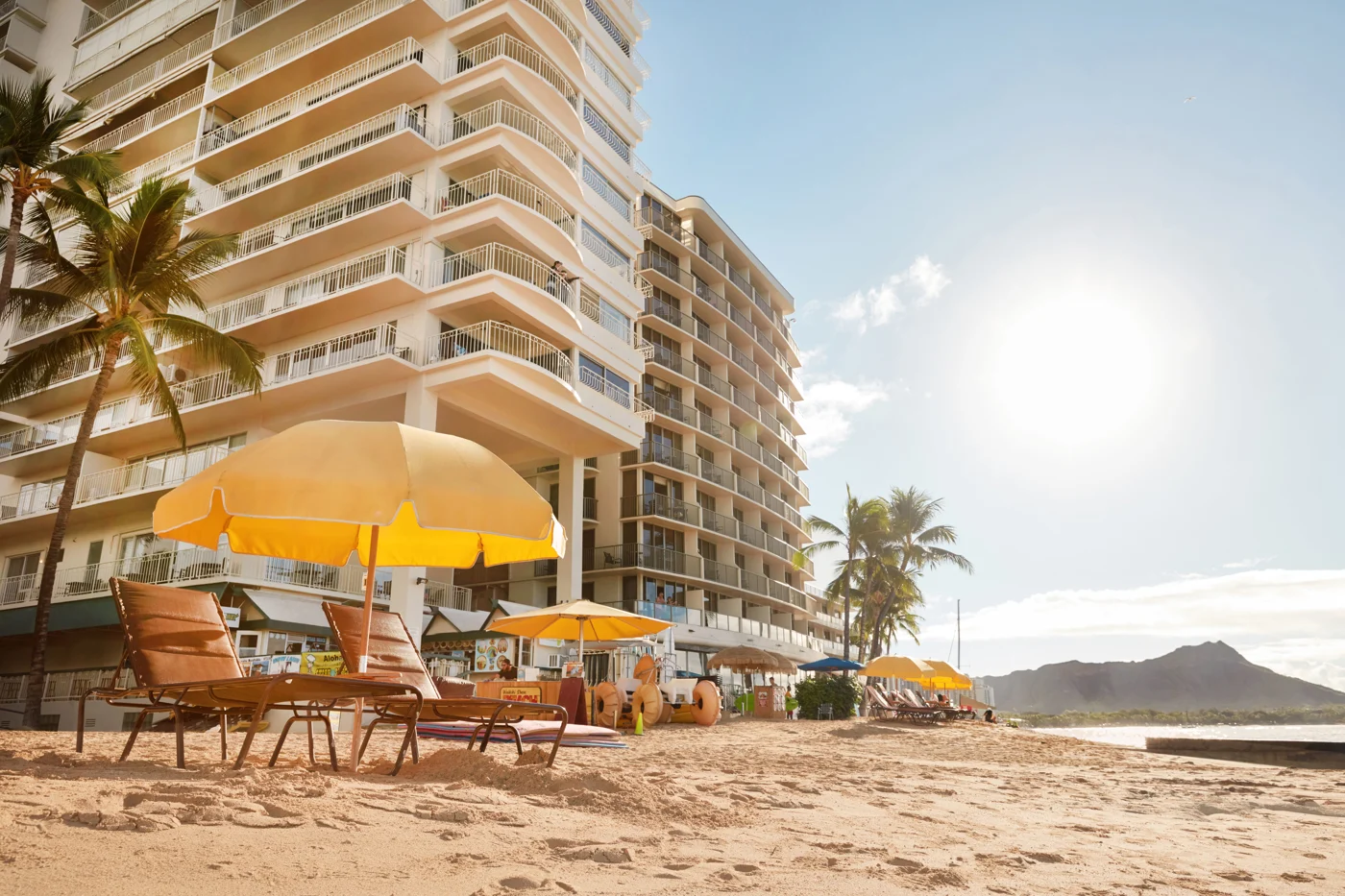
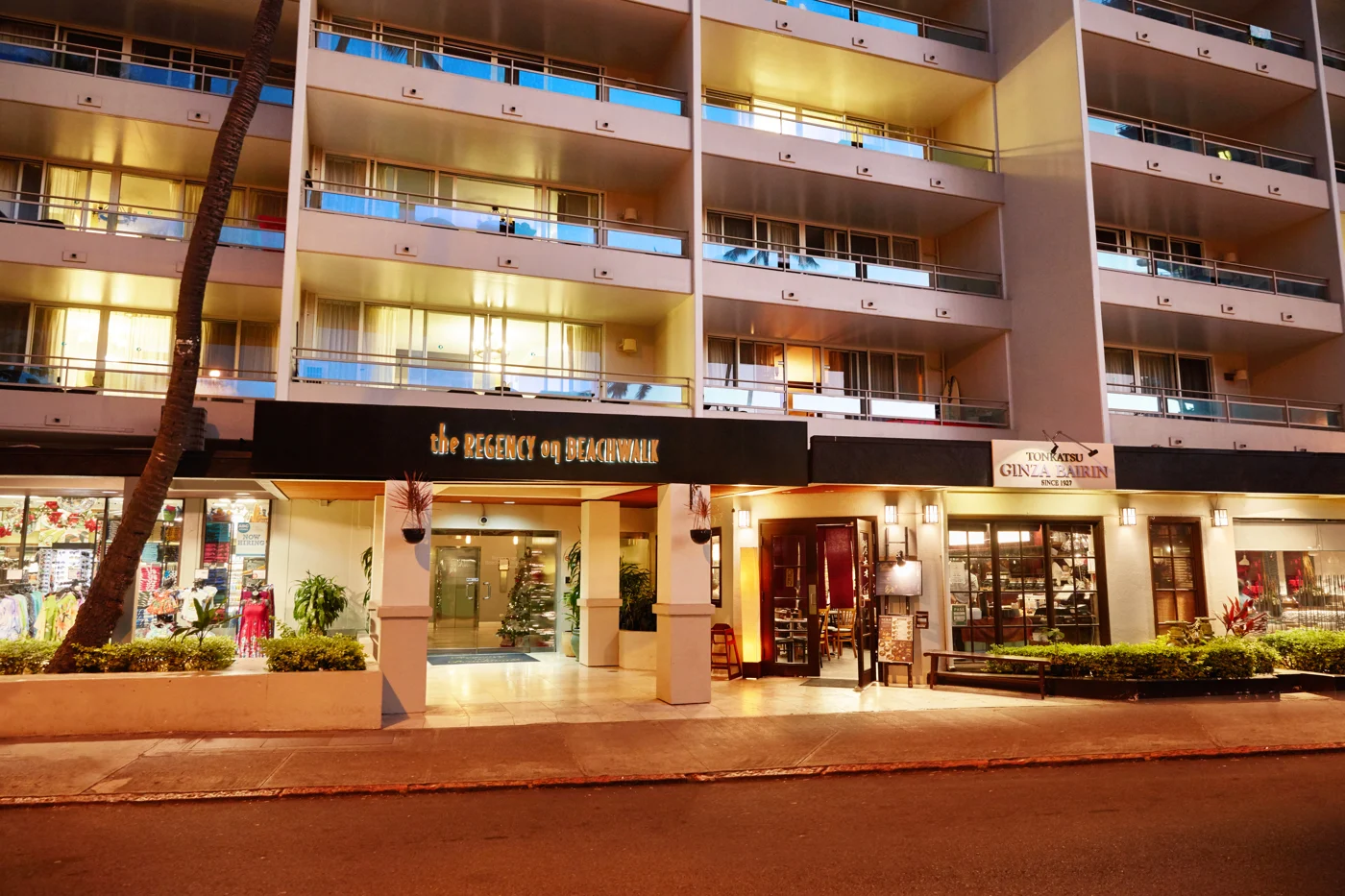

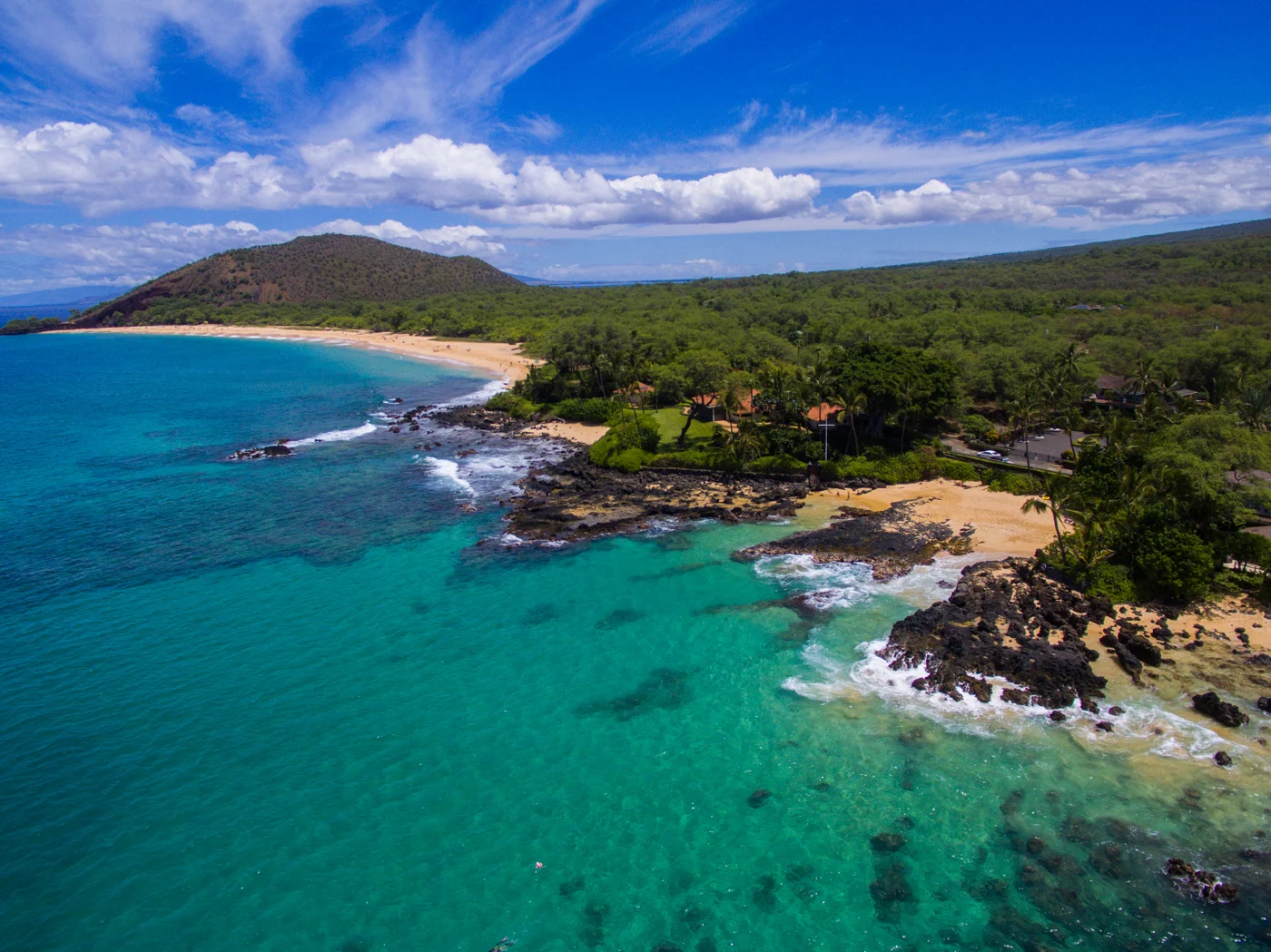

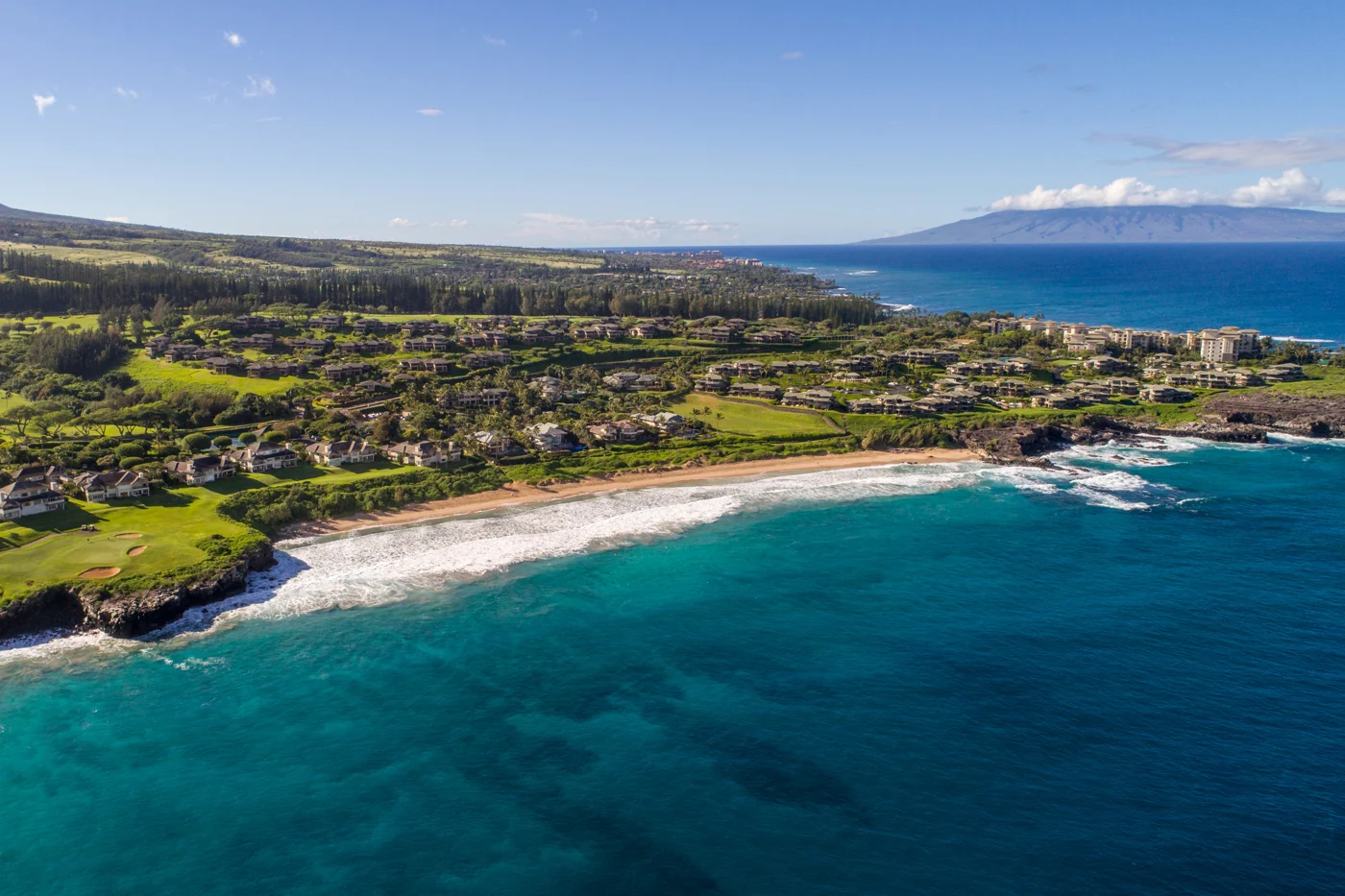
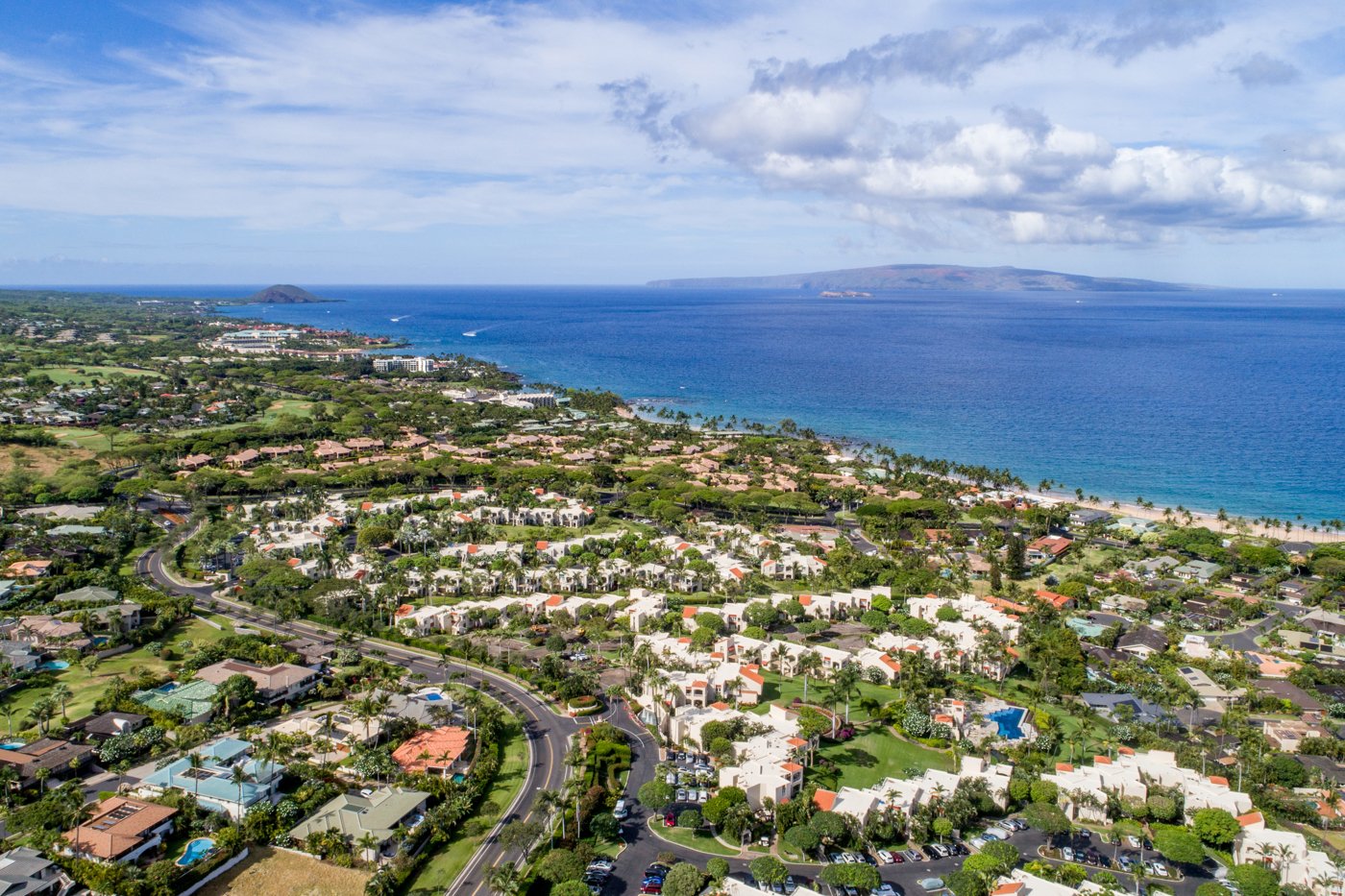

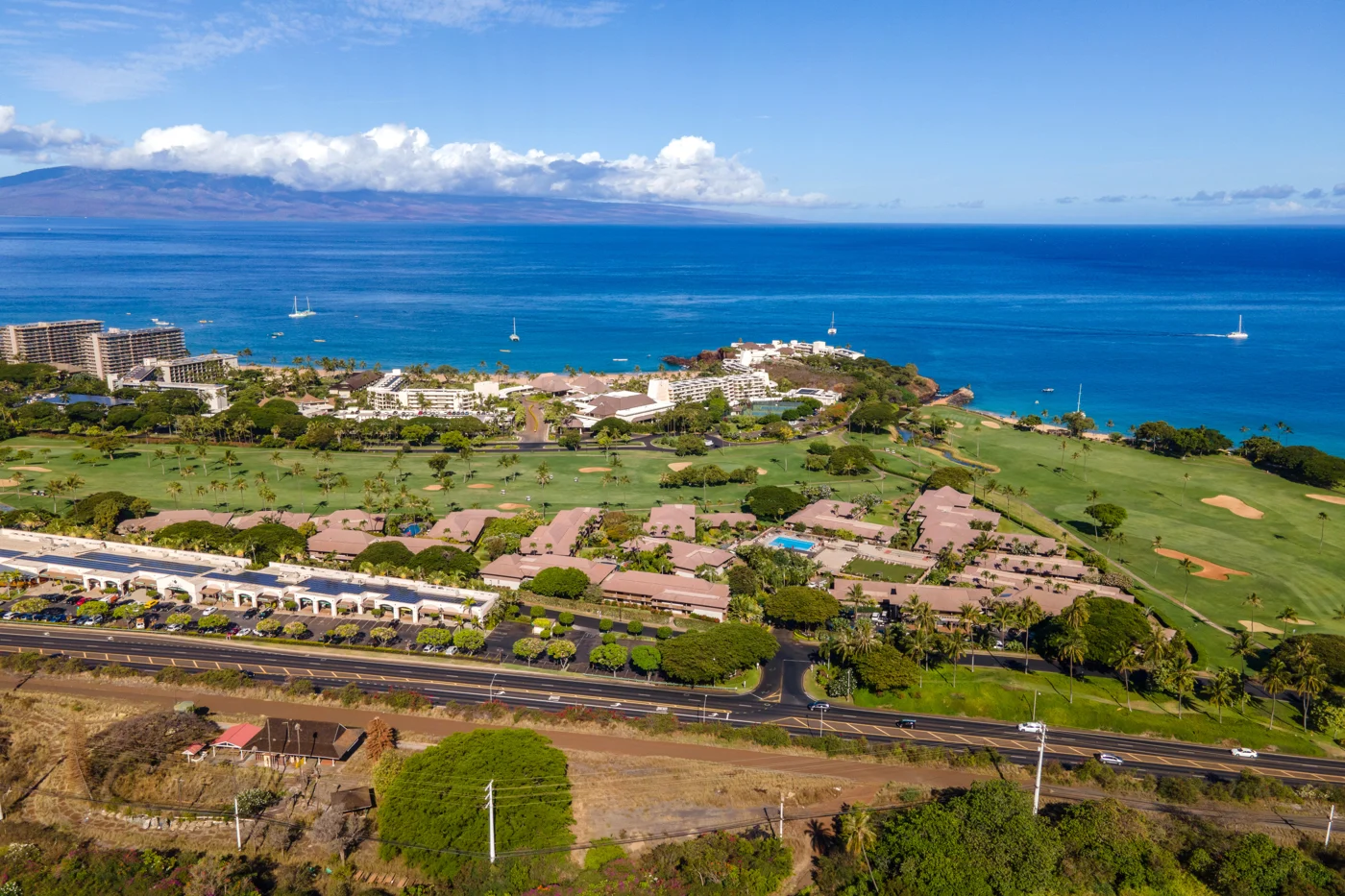
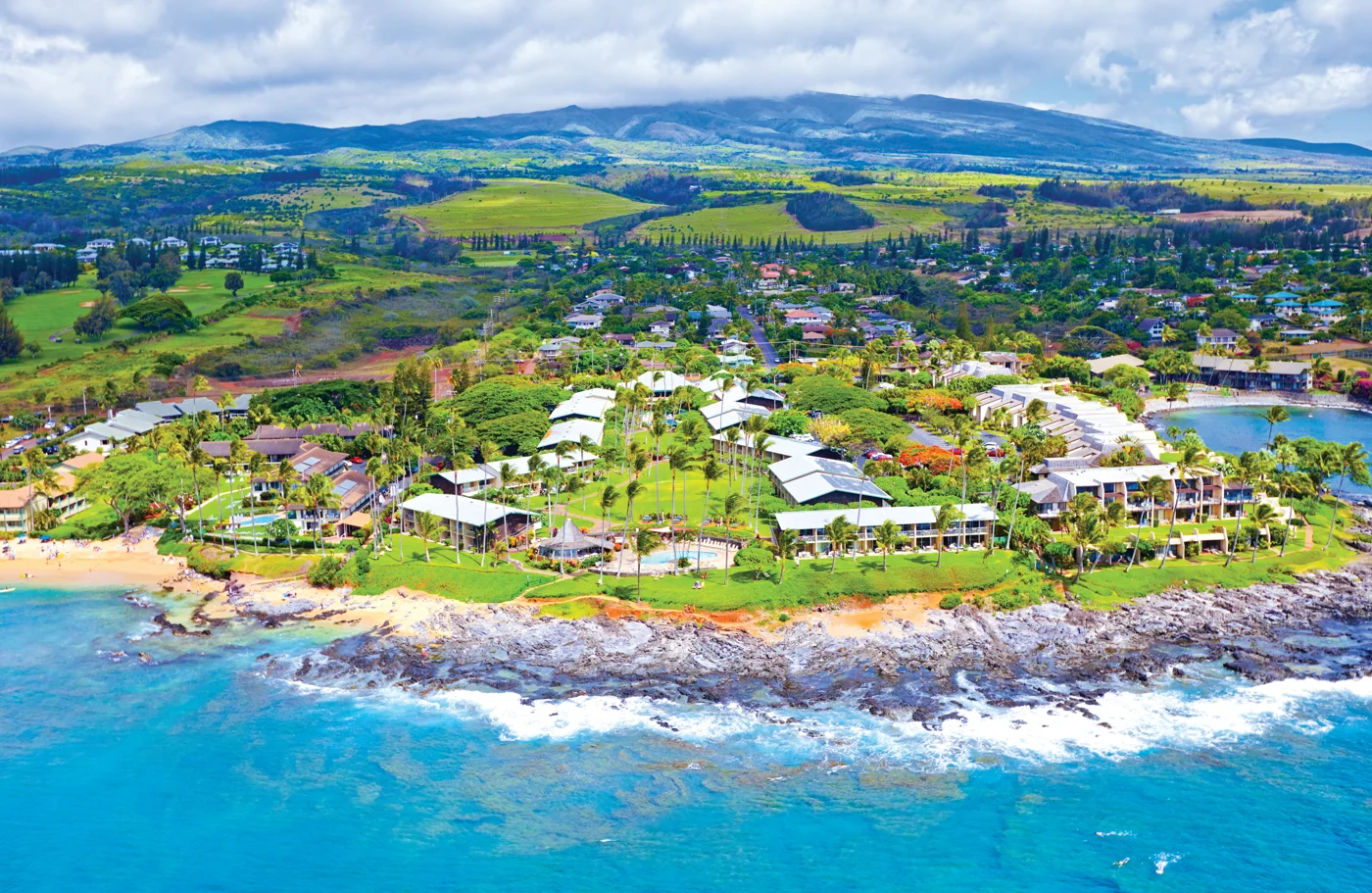
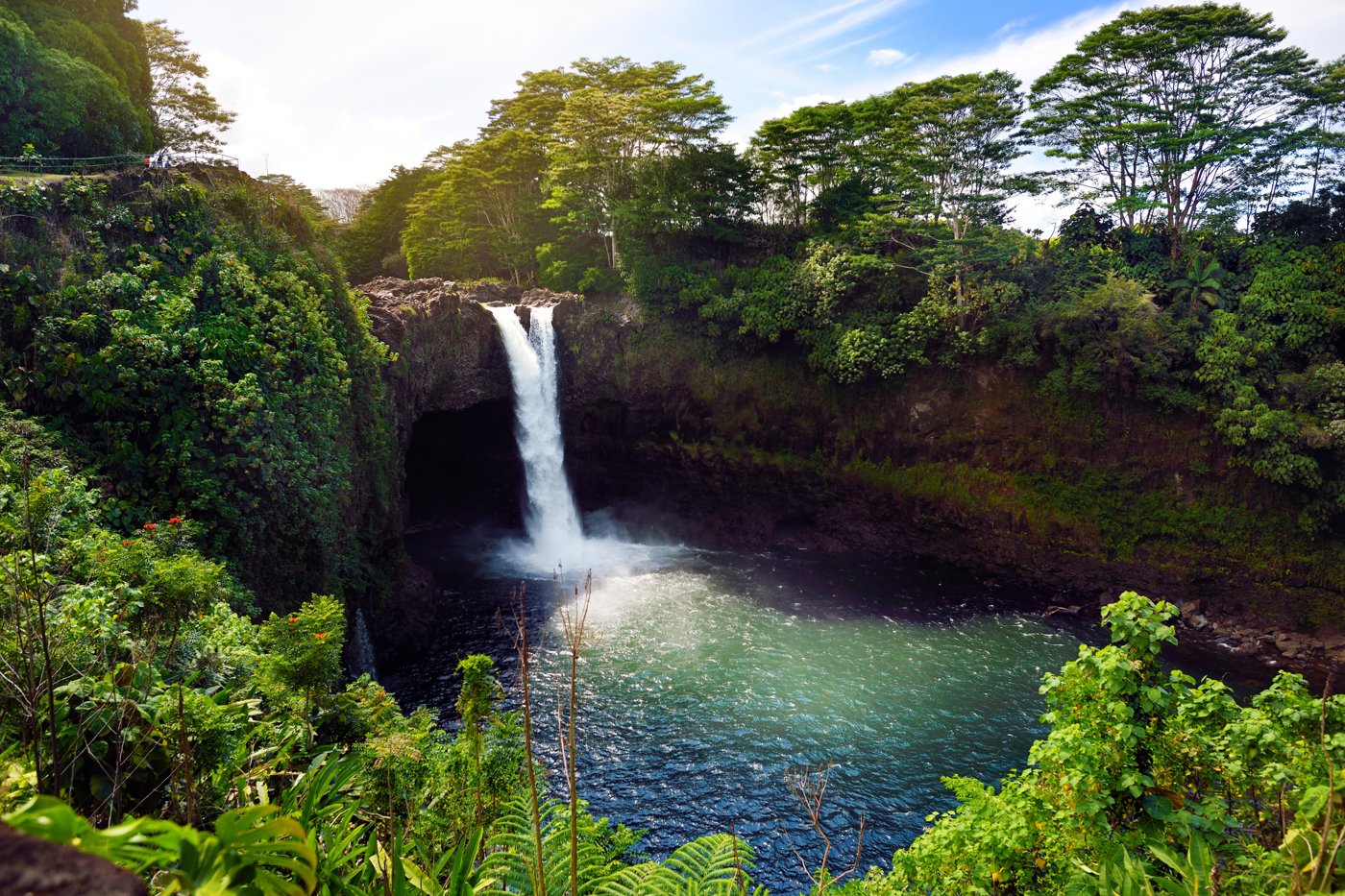
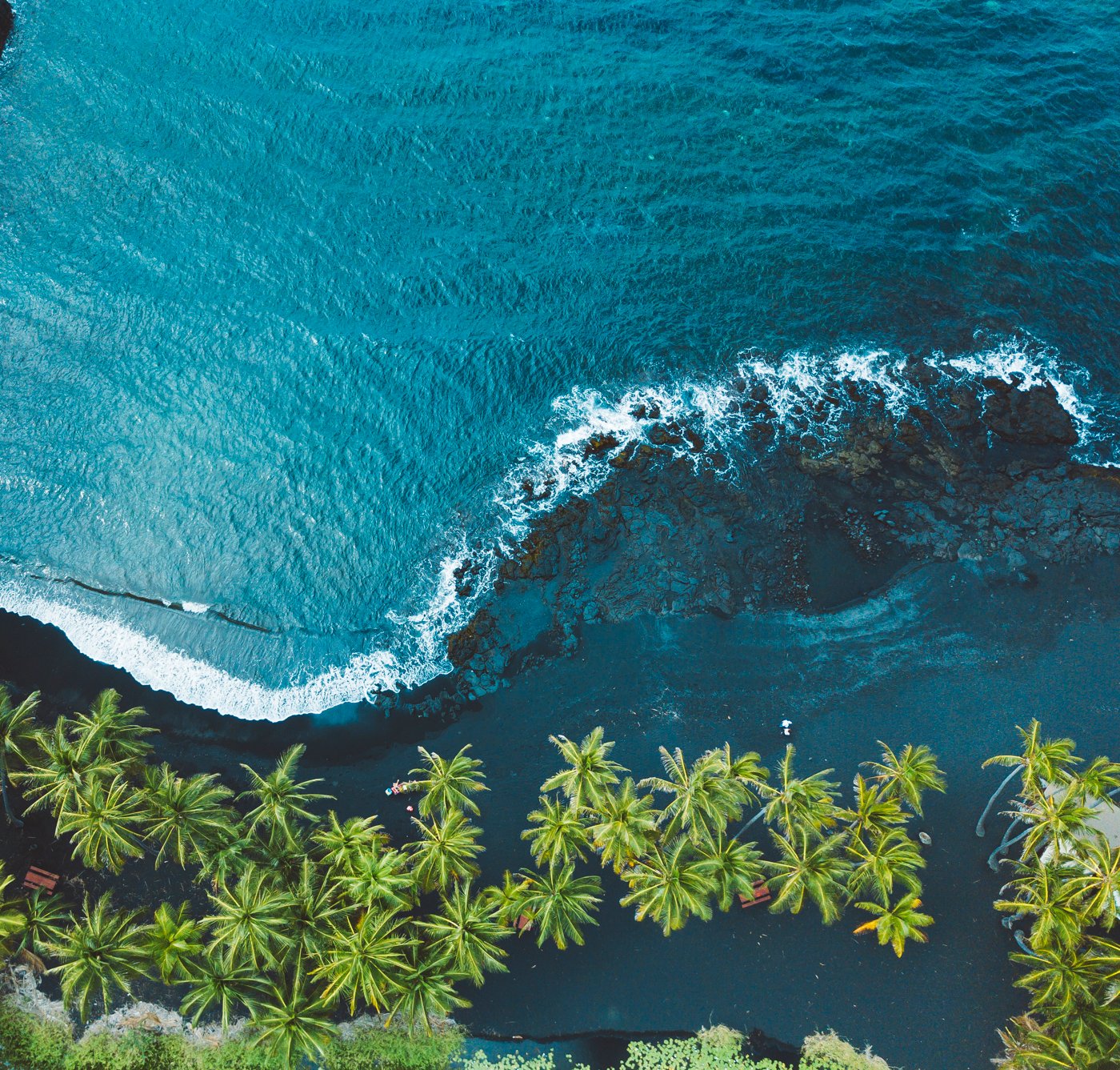
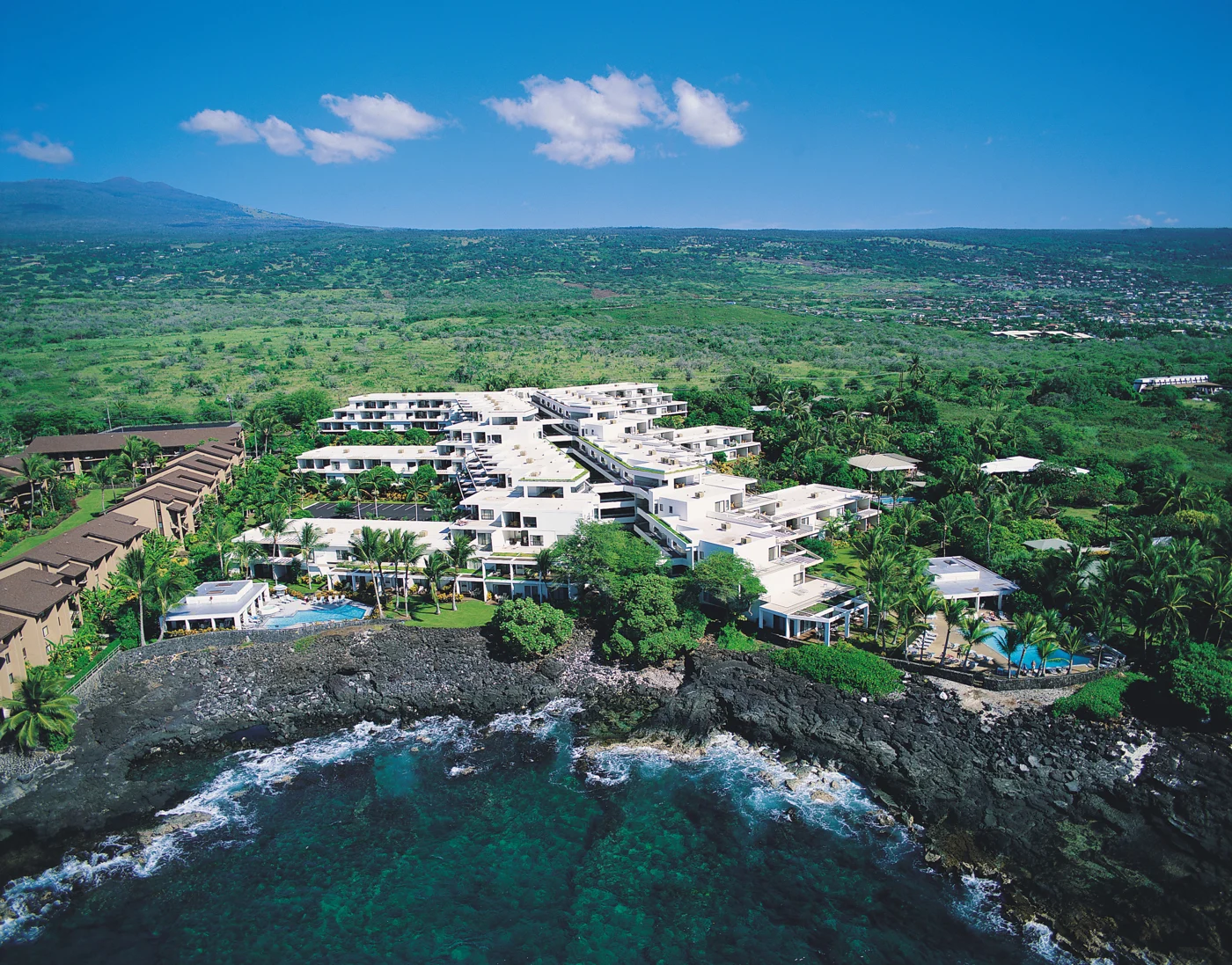
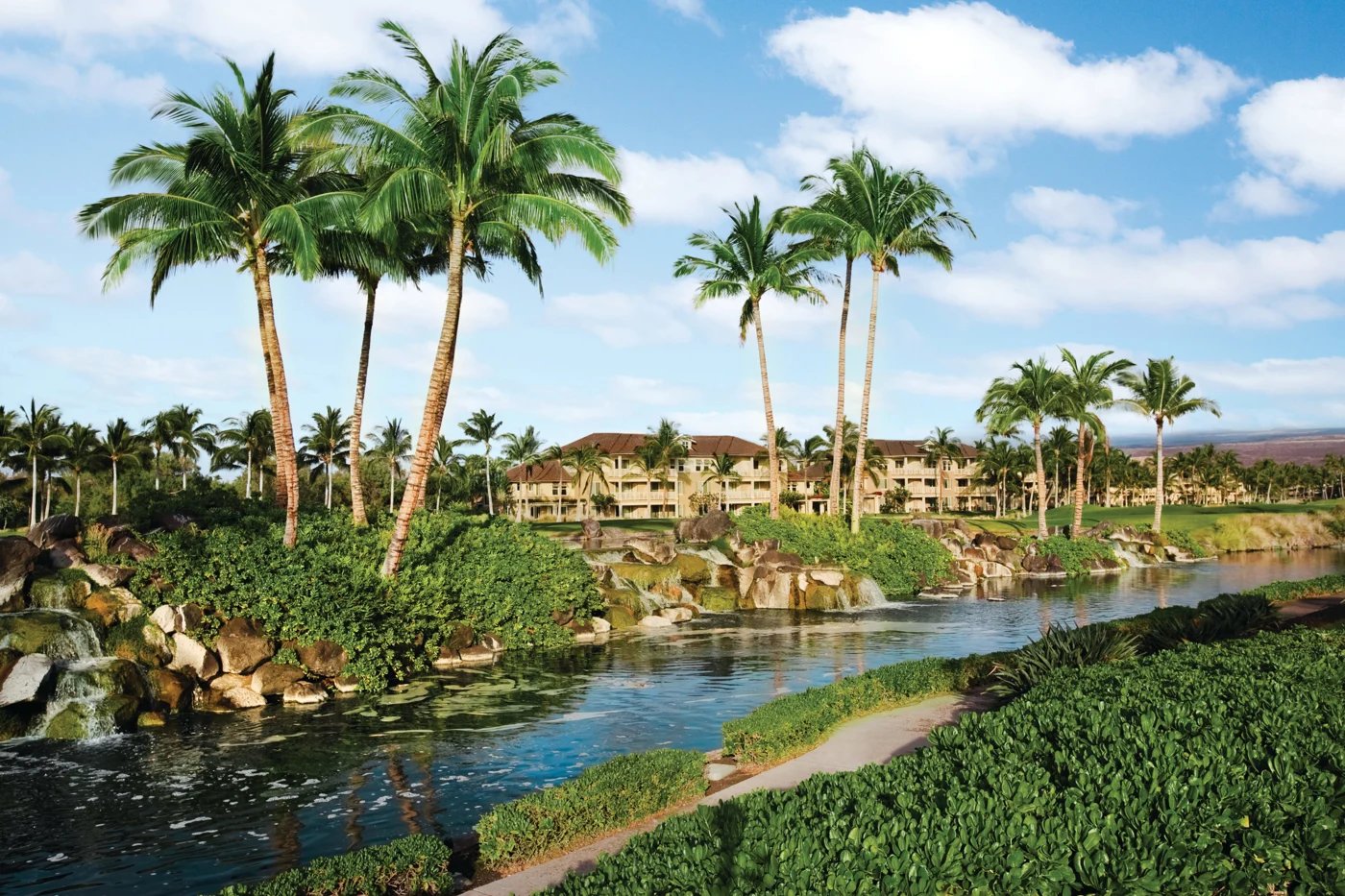


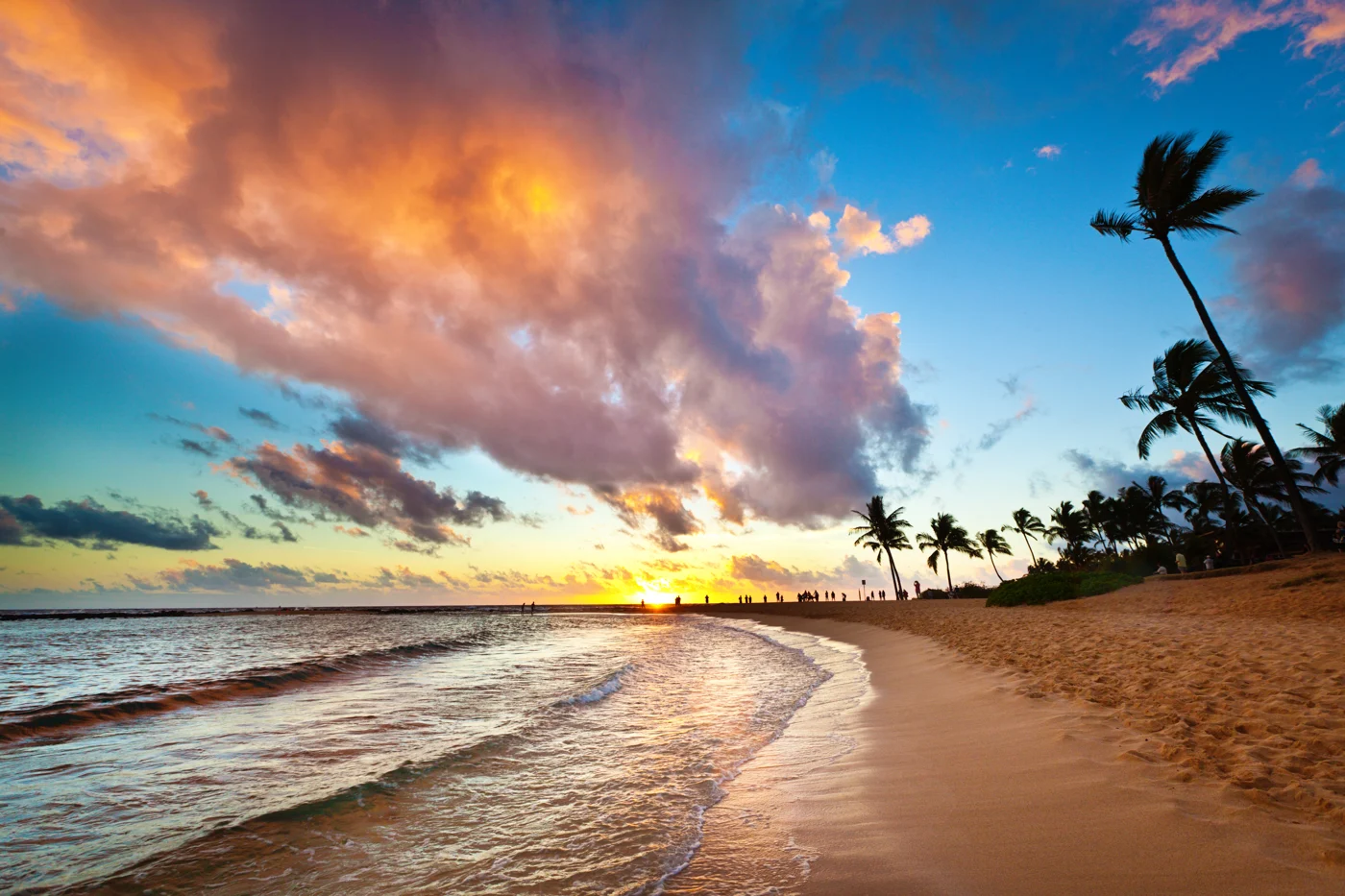





Book direct for best rates!
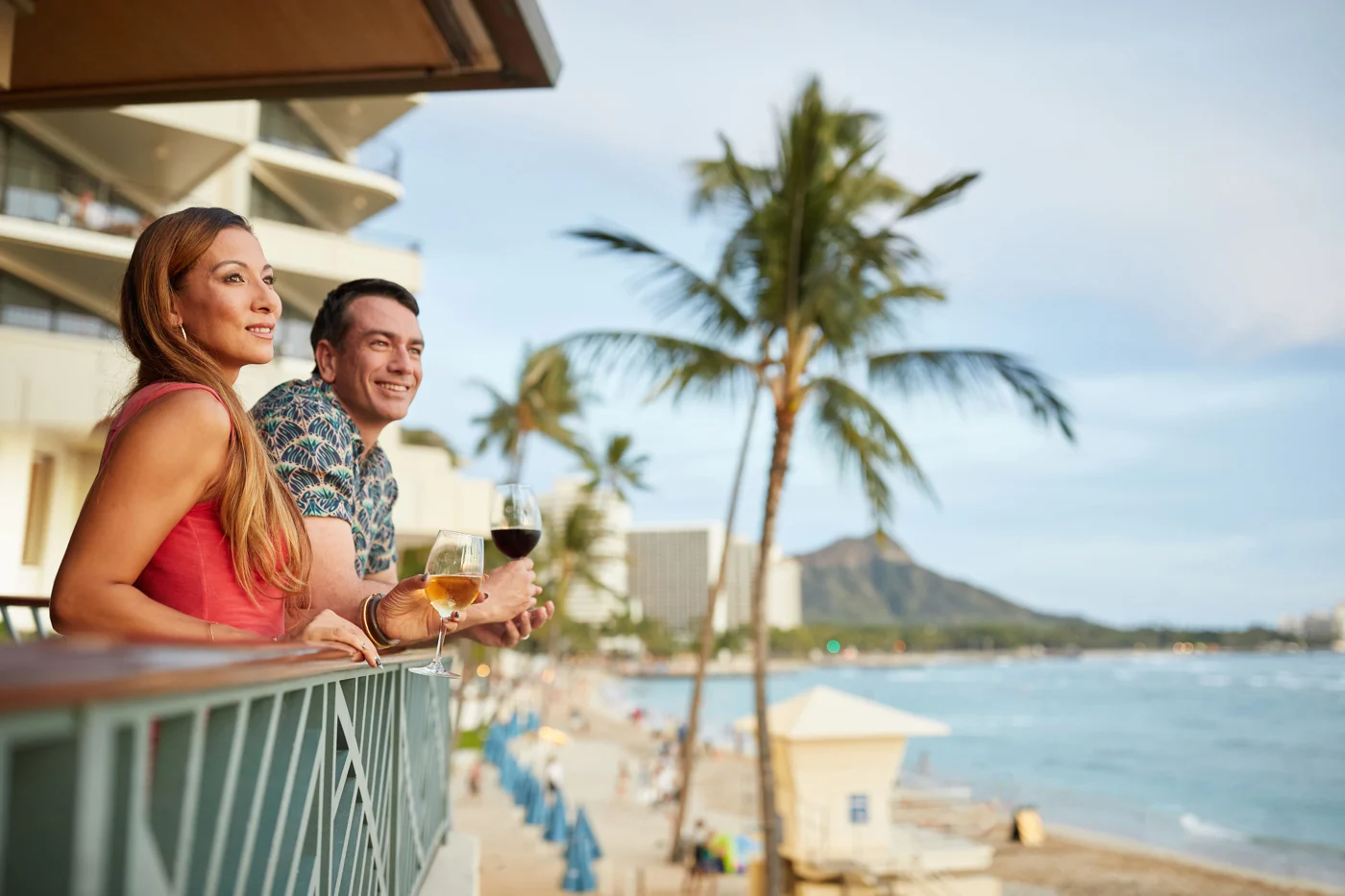


Loyalty member offers

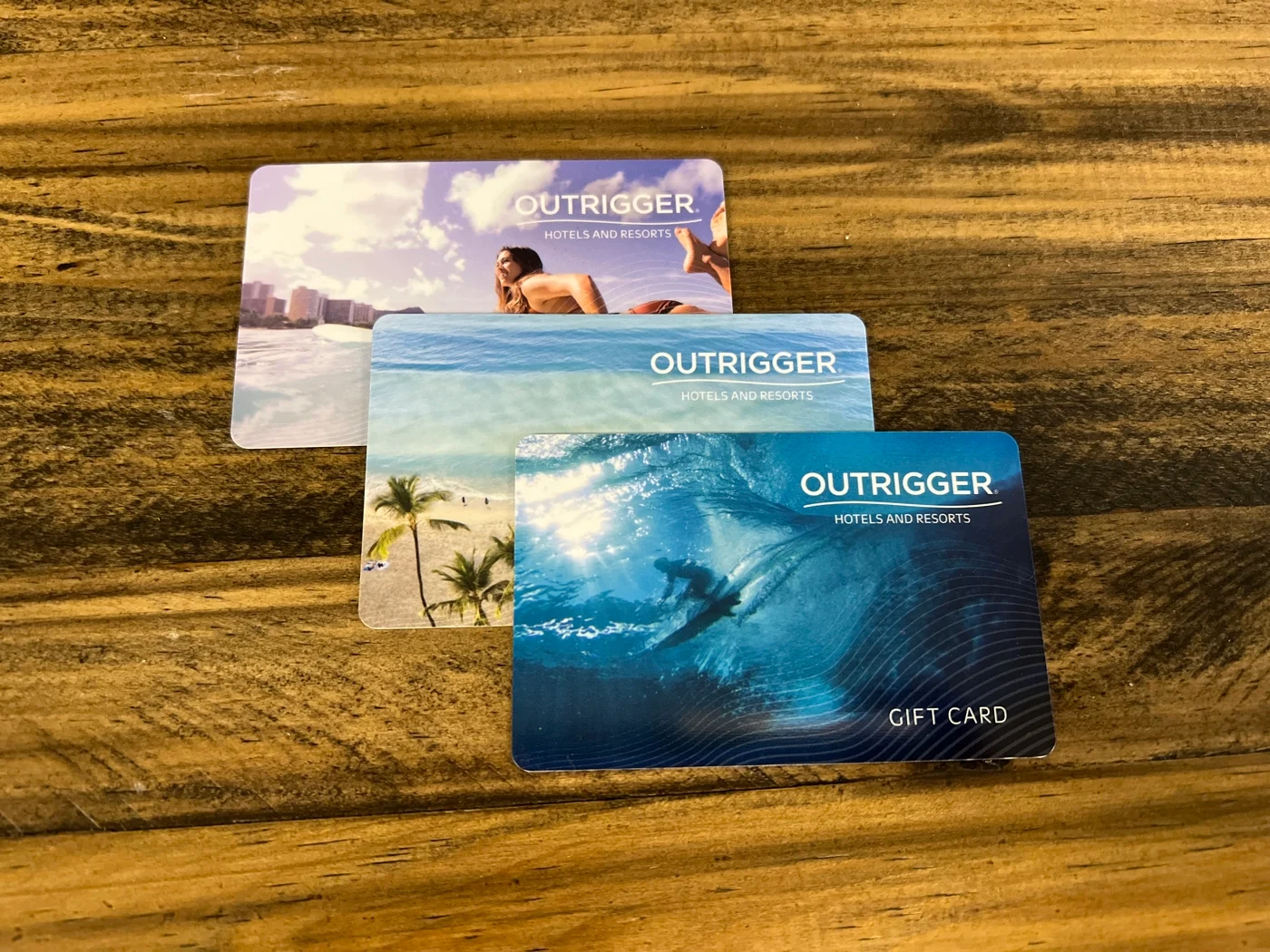
Gift Cards
Rewarding OUTRIGGER DISCOVERY benefits
- Enjoy exclusive member-only room rates and carefully curated experiences and local offers
- Earn DISCOVERY Dollars (D$) to spend towards your stay, or however you like!
- Use your benefits at more than 800+ resorts and hotels around the world
- Elite tier members earn more D$ and get perks like room upgrades and early check-in
- Free and easy to join!

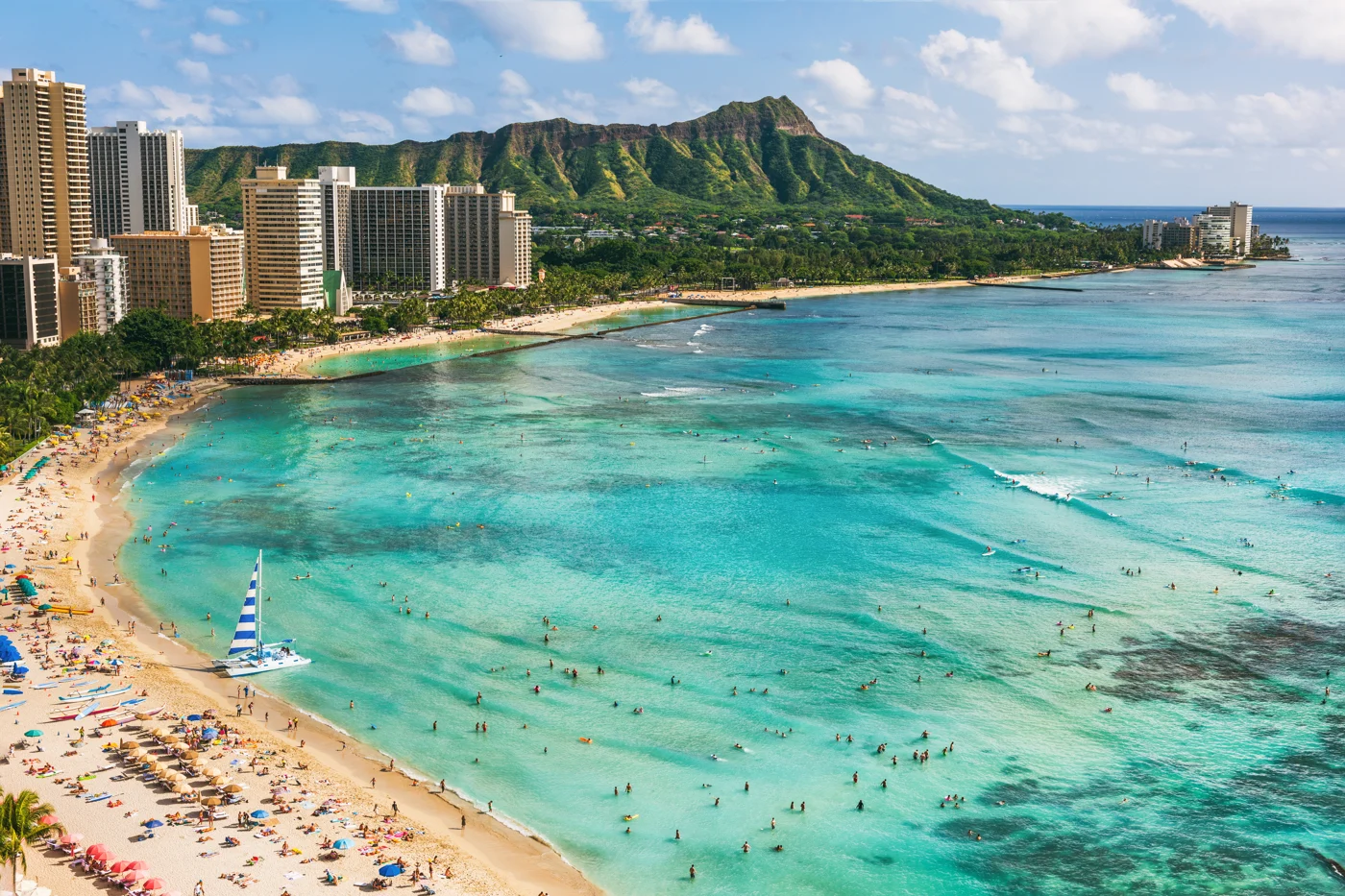


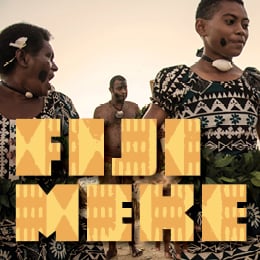
The Art of Fijian Meke
Fiji is filled with spirit. It's something we're proud to incorporate into our cultural activities for guests at Castaway Island, Fiji and Outrigger Fiji Beach Resort.
Meke is considered the most impressive of all Fijian performing artistry. It's a broad term in the Fijian language referring to a plethora of traditional dances, Although varied in style, Meke continues to be an indispensable part of any truly local celebratory occasion, especially as guided by the older generations in attempts to preserve the storytelling of historic milestones.
Dance and music are woven into the canvas of Fiji with Meke embracing the legends, history and spirits of the islands. There are two groups in Meke: the vakatara, or orchestra, who sit on the ground and sing or chant; and the matana (dancers.) These two groups are arranged in rows with the music provided by the singers in front while the instrumentalists are seated behind.
As with most island nations, the instruments accompanying dances are percussions, such as hardwood gongs, bamboo tubes, beating sticks or a clapping sound with hallowed hands known as cobo. The dancers, if traditionally-oriented, wear colorful costumes with oral garlands and ornaments for women, and full warrior gear and body paint for men. An oddity to many Westerners is how audience members show their appreciation because it is not by applause but rather by verbalizing words of thanks and/or actually approaching the performers offering draped cloth, oils, powder, sweets and sometimes even cash.
Original versions of Meke segregate the genders but certain contemporary dances are mixed. Even so, males are to respect the warrior culture demonstrating strong and virile movements, while women are expected to adhere to the more stereotypical feminine with more subtle movements. These expectations are illustrated by three distinct types of Meke: the either/or gendered “sitting dance” (Vakamalolo), the women’s “fan dance” (Seasea) and the men’s “club dance” ( Meke I Wau).
In general, as with most cultural practices, Meke and Pacific dances simultaneously offer respect to tradition and are being inspired and infused with fresh ideas. “There is continuity with the past, but also evidence of cultural adaptation,” says Fijian native Vilsoni Herenko, a professor with the Academy for Creative Media at the University of Hawai‘i–Mānoa. “Fijian dance has been reinvigorated by techniques and styles that are free of traditional cultural constraints.” In other words, it is now possible to enjoy both the traditional and the more contemporary dances while visiting Fiji.
